The Fujinon XF 200mm F2 OIS is Fuji’s most important lens in a long, long time. Not because of how many people it will impact; this is a $6000 lens, after all! It is important in the sense that the Ford GT is important to the Ford brand, or any “halo” car to any brand. Ford will only make and sell 250 GT’s this year, which is a small audience by any measure. Why make a $450,000 car for a tiny audience when the average car transaction is only 7% of that? The simple answer is, “To show that you can.” That proof of concept shows just what a car maker is capable of, and the hope is that people will think that the maker of a supercar like the GT will inject a little of that DNA into the $30,000 car that they can afford.
Since starting this review I’ve had people ask me, “Who is this lens for?” or “Why?” The answer to the latter question is similar to my example above; to show the market what Fuji is capable of developing. The answer to the first question is also simple: the same kind of photographers that want and purchase a Canon 300mm F2.8L IS II for Canon bodies or a Nikon 300mm F2.8G VR II lens for their Nikon cameras. People who shoot sports, wildlife, or other subjects where extreme image quality, focus ability, and light gathering potential is need in a durable, pro-grade housing. These lenses (which are similarly priced) are the true comparisons for the XF 200mm, as, unlike them, this 200mm F2 is designed for an APS-C mirrorless system and thus will behave similarly on a camera like the Fuji X-T3 that I tested it on. It has a full frame equivalent focal length of 305mm, and an effective aperture (for depth of field) of F2.8 (though it gathers twice as much light as an F2.8 lens).
I feel that this lens is particularly important, as it not only demonstrates Fuji’s ability to build such an extreme instrument, but it also tests the market to see if there is an appetite for more supertelephoto lenses for Fuji X cameras. Photographers, like most people, like to complain. Often on the Internet, people might complain that “Fuji (or Sony) has no serious telephoto lenses” even if they have no actual intention of paying the high price of what such lens cost. People have been calling for a lens just like this for Fuji; the question now is whether or not they will buy it. If they do, expect to see more super telephoto lenses for Fuji X in the future.
A lens like this could probably only happen on the Fuji platform, as Fuji has elected to focus its development on APS-C (and, to a lesser extent, on Medium Format) and have bypassed full frame altogether. That puts them in a unique position, for while most camera makers produce APS-C bodies, few of them spend much development on serious APS-C lenses. Most often their APS-C lenses are mass-market, budget lenses. Because Fuji has stayed locked into APS-C, they have developed serious, pro-grade APS-C lenses in a way that no one else has. I can’t imagine a Canon EF-S 200mm F2 lens, nor could I a Sony E-mount (APS-C) version. But it’s not so unthinkable on Fuji, and so this may be the most expensive, most extreme APS-C only super telephoto lens ever developed.
But is it worth buying? Read on to find out….
Prefer to watch your reviews? My thorough video review can be seen here:
Check me out on: My Patreon: | Google+: | Facebook: | Twitter: | Flickr: | 500px: | Sign Up for My Newsletter :
Fujinon XF 200mm F2 OIS WR Build and Design
I recommend that you watch the following video to get an interactive, close-up look at the build, design, and features of the XF 200mm.
Fuji absolutely had to get this one right. You can’t charge $6000 for a lens (a price equal to the leading players in the market) without delivering the goods. The XF 200 is nearly three times as expensive as the next most expensive XF lens (the XF 100-400mm OIS). While it is hard to argue for any extremely expensive piece of camera gear as being “worthy of its price tag” (that’s pretty relative), there’s no question that the build grade of the XF 200 is equal to the very best made super telephoto lenses.
This is an attention grabbing lens. Being seen in public with this lens was like becoming an instant celebrity. I was in a park with it and I had a man asking if he could take photos of the lens and of me holding it. I can assure you that this is not typical for me! I shot at an event with the lens, and when I pulled it out I was soon surrounded by the photographers and those interested in photography. It’s big, beautiful, and dwarfs the little X-T3 that is clinging precariously to the back of it. This is very much a case of the “tail wagging the dog”!
The lens is actually nearly as large as the Canon 200mm F2L IS lens despite that lens being designed for a full frame sensor. The Canon is 5.04 x 8.19″ (128 x 208 mm), while the XF 200 is 4.80 x 8.07″ (122 x 205 mm). The Canon weighs 5.54 lb / 2520 g while the Fuji weighs 4.98 lb / 2260 g. It’s a big lens, and you will definitely be primarily supporting the lens and operating the camera rather than the other way around.
While other Fuji XF lenses have adopted a more traditional black finish (along with a few primes that have an alternate silver finish), the XF 200mm is a unique pearlescent color (Fuji calls it “matte silver”) that is to my eye more attractive than the finish on the Canon “great whites” when viewed up close. They’ve also elected to use a near-neon-green accent ring at the front of the lens hood. If bold is your thing, you’ll love it. If you are a more subtle person, you may find it a little garish.
The lens hood is substantial (pretty typical for a lens like this), but is relatively lightweight, which does help the balance of the lens. It appears to be made of engineered plastics, but of the high-end materials that feel premium and sturdy. The whole interior is lined with a felt material that will keep stray light from bouncing around in there. A clever touch is a soft rubberized ring at the very front of the lens hood that will help there be a soft-touch surface for setting the lens down face first on hard surfaces. The lens hood attaches via tension knob on one side, which is basically standard for this size of lens hood.
There is also a little window along the bottom of the lens hood that gives one access to a filter mounted on the lens. This is useful when using a circular polarizer, which requires one to rotate the filter to the proper angle to get the desired effect. It would otherwise be hard to do with such a deep lens hood.
The lens itself requires a large 105mm filter size, but you can use traditional screw-in filters. It has a large pinch cap at the front. The front element has a fluorine coating, which is the first of the weather sealing elements of the lens. The lens itself actually has 17 different weather sealing points and, somewhat uniquely, has a temperature rating (it is rated to perform in temperatures as low as -10 C). I live in Canada, and we have very long winters where I live. I’ve used a wide variety of camera gear in extremely cold conditions and rarely had a problem with any of it, so I’m not sure what to make of this.
The lens body is made of magnesium alloy, the same stuff often used to build cameras, so we know it is a tough material. The first feature on the lens barrel are four buttons at the four points of the compass. These can be programmed to preset functions, including a preset focus distance (if you have pre-focused on a key area during a sporting event, for example, you can touch the button and instantly return to that focus point). You can also program it to AF-ON and Focus Lock alternatively.
This functionality can be set by selecting a function via the Preset Switch and using the “Set” button underneath (if for a focus preset). Other switches include a Focus Limiter (Full and 5m to Infinity are the two choices) along with an ON/OFF switch for the OIS. Some alternative lenses have multiple modes for the Stabilizer, but Fuji claims that this is an “Intelligent Stabilizer” that senses the mode needed and adjusts automatically. It seems to work.
I have to pause and comment on the effectiveness of this OIS system, because it is pretty awesome. It is a very quiet system, with faint whirring only detectable when you stick your ear right next the barrel. It is also incredibly smooth in operation, with no real evidence of when it comes on and off. It is completely unobtrusive, but it does a fantastic job stabilizing the viewfinder and the final image. The rock-steady viewfinder gives you a lot of confidence to shoot at low shutter speeds, but it should be remember that no matter how steady the viewfinder is, it won’t help if your subject is moving. If have a static subject, however, it is easy to get very steady shots despite the very long focal length. All of these are taken at shutter speeds 1/30th or less, including some as low as 1/10th second – which equals 5 stops of support.
Now, the practical applications of shooting with this low of shutter speeds with a long telephoto are limited, as most of the time you will want to keep the shutter speed up to freeze action (which the huge F2 aperture certainly helps with!). However, here’s one practical application: creative “dragging”. This might be applied to a panning shot, but in this case I wanted to capture the effect of the snow’s movement around this lamppost. A fast shutter speed would freeze the individual flakes, but I wanted to capture a sense of the swirling of the snow. While the image isn’t technically perfect, as the main subject isn’t perfectly still (not helped by it being cold outside!), I like the overall look of the image, as it achieved my vision of what I wanted to capture.
While I wish that the new X-T3 body had in body image stabilization, you won’t miss it when using this lens!
Another feature of the lens is one common to Fuji XF lenses, but one I really like. It is a manual aperture ring that also gives you the option to switch into Automatic mode where either the camera can control aperture or you can control aperture from the camera body. I am personally always very intentional about aperture, as for many types of photography selecting the correct aperture really makes or breaks the shot. I don’t trust such a key component of my photography to the camera. I really like the dual approach, which allows me to select aperture quickly right on the lens if I so desire (and I often do). I also like that the aperture ring has detents at one-third stops, which gives you more finite control over the aperture.
There is also a manual focus ring, which is nice and wide and finely ribbed in a rubberized material. Like other Fuji XF lenses, this is a focus-by-wire application, which means that there is no direct mechanical coupling and all input is routed through the focus motor. The camera must be on and in the proper mode for input on the focus ring to make a difference. This was the one area where I did not enjoy the XF 200. You can select a number of different focus aid options within your camera, so it’s not hard to achieve accurate focus, but I found the actual focus process a little frustrating.
First of all, the default focus speed sensitivity is really low, so you turn and turn and turn to make any kind of significant focus changes and it often feels like you are accomplishing very little. Secondly, magnifying the image (which will often happen automatically with input to the focus ring unless you set things up differently in the camera body) is somewhat less helpful due to the long focal length. The magnified image is moving around so much due to the extreme magnification (one hand is twisting the manual focus ring, so it can’t support the lens to the same degree). The nature of focus-by-wire lenses is that there is no real tactile feedback from the focus ring, so when making a big focus change you are often not even sure if you are going the right direction. I like what the new Canon EOS R does in this situation (at least with native RF lenses), which is to automatically show a distance scale on the screen or viewfinder when manually focusing.
Fortunately, there was only one situation where I actually needed manual focus, and that was to get the shot above. The light was extremely low, I was using the 1.4x TC (more on that in a moment), and I was near the minimum focus distance of the lens (though within range). The camera/lens refused to focus on my subject, so I switched to MF and experienced deep frustration. I finally achieved the end result (an image I like!), but resolved to explore the manual focus behavior of the lens more carefully later (where it was less cold!) My conclusion is that you may want to dive into the menus and change the focus ring behavior from linear to non-linear with this lens (I typically prefer the other way around, but this allows for faster focus changes) and perhaps also use MF more to fine tune focus in that rare situation that AF doesn’t do what you want. Still, this is not the lens’ strength, in my opinion. Thankfully it has a fantastic autofocus system and you should rarely need to use that MF ring!
The lens also has an incorporated tripod collar with a number of great features. It has a couple of anchor points for attaching a strap for the lens (one is included), which helps to alleviate stress on the lens mount. The tripod collar can be unlocked and easily rotated to any position but loosening the tension knob. I like the fact that there are detents at the four points of the compass, making it easy to rotate to 90, 180, or 270 degrees with precision. Finally, the tripod foot itself is Arca-Swiss compatible, meaning that you can crank it down on most tripods without the need for a quick release plate. It’s a little feature, perhaps, but it always blows my mind when someone doesn’t include that feature (hello, Canon!)
At the lens mount there is a weather sealing gasket. The mount looks tiny compared to the massive lens.
Something else that looks tiny is the little 1.4x Teleconverter that is included in kit with the XF 200. It’s a clever move on a couple of fronts. First of all, this is a unique TC specifically designed for this lens. It gives much better performance when compared to existing teleconverters. Fuji tells me that it is compatible with older lenses that can use a teleconverter, but that only it should be used with the XF 200mm F2, as it is optimized uniquely for use with a lens with a maximum aperture of F2. It is extremely small and lightweight, but is well made and fully weather-sealed. When you attach it to the lens, you get a 280mm F2.8 lens, or the full frame equivalent of 427mm. This is obviously a great secondary focal length that allows the lens to become an even more serious wildlife option.
Fuji has included a very nice padded nylon case for the lens, and there is a special padded insert that has a place to secure the TC to it so that it is always along. I also found removing that insert left room for me to put the lens in the case with the X-T3 attached, and that was my favorite way to transport the combination as it gave quick access to the camera/lens combo. In this scenario, you would need to have a secondary way to transport the little TC.
All in all, this is a beautifully made, highly functional lens that I found easy to use and adjust to other than the quirk with manual focus. The XF 200mm should have no problem standing with the super telephotos of other brands in terms of its build and feature set.
Fujinon XF 200mm F2 OIS WR Autofocus Performance
Let me preface my remarks in this section by acknowledging that I had to learn both this lens and the Fuji X-T3 (my first ever Fuji camera or lens) over the course of this review period. I am not pretending to have a vast amount of experience with the system. That being said, the X-T3 has a new and improved focus system that no Fuji shooter really has experience with, and I’m not exactly a novice in learning new systems after doing many, many reviews. Still, I wanted to clarify that my best with this combination may not represent the best achievable by someone with a lot of experience with getting the most out of Fuji cameras. Still, I think I did pretty good:
The more robust focus system in the X-T3 is a great match for the great focus system in the XF 200mm. According to Fuji, “The lens uses linear motors to achieve fast, silent, and high-precision AF performance. There is also a new mechanism that fixes the focus motor group when the camera is not in use, which reduces any vibrations that may occur from the linear motors’ magnets being disengaged.” The autofocus is both fast and silent in practice, an impressive feat considering how much glass the focus motor has to move.
First, let’s consider basic autofocus accuracy. For general purpose, portrait, or event work, the lens was simply flawless. I shot a religious event in Toronto with the lens and found that my accuracy with the lens in the varied lighting conditions within the venue was perfect. As you can see from the photos below, the accuracy on the faces of speakers was perfect. Most of these were from at least 40 feet away, and yet you can see perfect skin details at F2.
This very early shot (below) was taken when I was still learning everything…and it really impressed me. Not because of the technical perfection of the image (it’s rather bland), but when I zoomed in to look at the details. There is a lot of potential distractions in this shot, and the cat is partially hidden behind a little oak sapling. I was roughly 50 feet away for this shot, and yet the little oak is not in focus, but the cat behind it (my subject) is perfect in focus. That’s when I realized that the focus combination of the X-T3 and the the XF 200mm was a pretty sophisticated one.
Eye AF seems to work very well with the XF 200mm. I shot a portrait session with the lens and got consistently perfect results even though my working distance was pretty long considering the extreme nature of the focal length. At one point I got my subject to whip her hair around to give it motion, and I still got consistently good focus accuracy on her face and eyes despite the motion.
General purpose shooting produced accurate autofocus results regardless of where I composed. One of the beautiful things about the increasingly sophisticated focus systems of mirrorless cameras and the way that they operate is that you neither need to worry about calibrating focus accuracy or be concerned about where you compose a shot.
But the paramount concern here is, “will it track?” This is a more sports/action oriented lens (and camera, for that matter) than your typical Fuji, and being able to track fast moving action is one area where a lens like this needs to justify its lofty price tag. Fortunately the answer is definitely “yes”, though I’ll offer a few suggestions on how to get the best out of the package.
First of all, in a camera like the X-T3 you have the opportunity to select different AF-C custom modes, though my Fuji expert (one of the Fuji Guys!) feels like the standard “Multi-Purpose” mode often does the best job. I tried a few different modes but didn’t notice a major difference in the effectiveness. Still, it’s worth taking a look and trying to match the mode to your priorities for a given sequence. The other thing that I noticed was that I got much better results when I started off a sequence with focus locked rather than trying to pick it up on a moving target while already taking photos. I think you are better served by taking a second and locking focus on the moving target before holding the shutter button down and bursting.
My “torture test” has been tracking our dog (about a 23 pound King Charles Cavalier Spaniel) playing high speed fetch. It’s a fairly small subject moving at a very high rate of speed, and inferior focus systems just can’t track this combination. This is compounded in this case by the fact that a 200mm lens at F2 on an APS-C body has a depth of field at 20 feet of less than 3 inches (8 cm or so). That’s a very small margin for error, and thus it is a very, very demanding scenario. I found that when I started a sequence with focus locked, I was able to have accurate focus on a high percentage of the frames in a burst (and at 11 frames per second on the X-T3, those add up quickly!). Here’s one such sequence:
You can see that focus remained locked until the subject got too close to the camera. Here’s another favorite little sequence because of the nature of the shots with my Bengal cat chasing the dog rather than the other way around:
I also had excellent success when tracking a panning sequence, though in many ways this is less demanding as the distance between the subject and the camera changes less significantly. What this sequence shows, however, is that the focus system effectively keeps from being “distracted” away from the subject.
I’ve done a little post-processing on one of the photos from the burst and added a crop so that you can just how well focused these images actually are:
If I didn’t start off with focus lock and just started a burst, however, my success rate went way down, with the camera/lens often not picking up focus until late in the burst (if at all). With such a small margin for error (shallow DOF), even a minor miss is pretty obvious.
I don’t doubt that with more familiarity with the combination, I could get even better results. Still, what I’ve seen is enough for me to know that this will make a very effective action pairing (X-T3 + XF 200) for photographers. If I can get successful results with the scenario described above, then more typical action (larger target and lower rate of speed) should be very easy.
Other than my frustrations with manually focusing the lens, I would say that the XF 200’s autofocus is a definite plus. This is a serious lens that can achieve seriously good action/sports/wildlife results.
Fujinon XF 200mm F2 Image Quality Breakdown
As above, I do think the best way to parse the results from my image quality tests can be found by watching this video episode where I interactively break that image quality performance down.
As I’ve noted, if you slap a $6000 price tag on a lens it pretty much has to deliver in every category, and that certainly includes image quality.
Mission accomplished.
In most metrics, the image quality from the XF 200mm F2 OIS is pretty much perfect. There’s one flaw (kind-of), but it’s mostly nitpicking. When I went to do my standard resolution/contrast/vignette test, there was basically nothing to correct. The image was flawless in every way across the frame. Now, to be fair, Fuji’s approach to this is that there is some measure of correction built into the RAW files, but that doesn’t change the fact that what you will actually see (be it JPEG or RAW) will look amazing without any further work from you.
Here are crops from all four corners of a wide open, F2 image moving clockwise and starting with the upper left corner.
There’s no vignette, no distortion, and no CA. Just amazing detail. Here’s a few world examples and crops. This lens mounted on the 26MP Fuji X-T3 delivers incredibly detailed images:
Stopping the lens down does not produce more sharpness. In fact, I would say that there is a mild regression across the frame when comparing F2 to F2.8:
This is clearly a lens optimized for wide open performance, which, to be fair, is the most important application of this lens. A lot of lenses cover this focal length at F4 or even F2.8, but very, very few cover it at F2. You are paying the big bucks for the F2 performance, and this lens delivers that in spades. It is one of the most perfectly corrected lenses (from corner to corner) that I’ve ever seen.
Stopping the lens on down to landscape apertures like F5.6 does provide a mild uptick in edge sharpness and contrast:
There are landscape applications for a lens like this (if you are working with a big scene), and you can produce wonderfully detailed, crisp landscape shots that are pixel perfect.
It is also a beautiful portrait lens, though once again you will need to have a good working distance. You have the ability to completely blow out backgrounds, or to compress them and bring them close while still having amazing delineation between your subject and background.
That leads me to my “pseudo-criticism”. I don’t find the bokeh as creamy and special as a lens like the Canon EF 200mm F2.8L IS. My experience with highly corrected lenses (like, say, the two Apochromatic lenses in my personal kit – the Zeiss Milvus 2/135mm and the Voigtländer 65mm F2 Macro) is that the complete lack of aberrations sometimes makes for a slightly busier out of focus area. That perfect degree of contrast and resolution is sometimes hard to “turn off” after the plane of the focus, and some lenses that are highly prized for their bokeh (like, say, the Canon EF 85mm F1.2L II), actually have a fair amount of chromatic aberrations and slightly lower contrast…which actually pays off in the bokeh region.
Take this shot, for example. You can tell that the bokeh circle shapes are a little irregular and slightly busy.
In this cat portrait, the bokeh actually looks pretty good, but there are also a few artifacts that catch the eye.
Even in the portraits above, the background “creaminess” isn’t as perfect as what it would be with the Canon 200L. In many situations, however, the sheer amount of defocus/compression that this lens can create will make for beautifully defocused backgrounds:
Yes, I’m definitely nitpicking. Lens makers have to choose their priorities, and in this case Fuji chose to deliver a perfectly corrected, incredibly sharp lens with essentially zero aberrations. The bokeh is still pretty nice, so I’m not really complaining.
As might be expected with such a massive, massive amount of glass up front, the lens can exhibit a bit of veiling with the sun in or right out of frame. I’m not seeing any kind of ghosting at wide apertures, but you can see from the second photo (stopped down to F11) that some ghosting will show up with the lens stopped down. I don’t foresee a major issue for anyone with this, as the most likely scenario would be a portrait or action shot at a wide aperture where there might be a bit of a loss of contrast, and all it takes is sliding over the “Dehaze” slider in Lightroom or ACR to recover that lost contrast (as shown in the third image).
The bare lens is an incredibly amazing optical instrument with very, very few flaws.
As noted above, the lens also comes with a 1.4x Teleconverter in kit with it. When you mount the 1.4x TC, the focal length becomes 280mm with a maximum aperture of F2.8, or the full frame equivalent focal length of 427mm. The lens remains very sharp with the TC attached, though I did notice a slight loss of contrast, with a bit of haze on textures not seen with the bare lens:
As you can see, though, it is still incredibly sharp across the frame in an absolute sense. Stopping the lens down makes little difference other than a very slight contrast improvement. This real world shot wide open shows amazing sharpness and contrast despite being shot at ISO 6400 (nearly dark outside).
As these other samples show, the combination is very useful and will give photographers an additional amount of reach and another framing option while retaining very good image quality.
I think this was a very smart move by Fuji, as it allows the lens to be a more credible option for wildlife work.
Conclusion
In my video review, I jokingly referred to this lens as a “gateway drug”. People could get addicted to this kind of quality and want more…like a 300mm F2.8 and 400mm F4…and that’s exactly what Fuji wants. It will be the response of the paying audience that will determine if there are more lenses like the Fujinon XF 200mm F2 OIS in the future. This is a transition focal length, not so long as to be inaccessible, and not so expensive as to deter everyone. It is an extremely expensive lens, but a lens like a 300mm F2.8 or 400mm F2.8 is often more like a ten thousand dollar purchase, so it makes sense that Fuji has chosen a lens like this to dip their toes into the super telephoto pool. As a proof of concept, a halo car, so to speak, the Fujinon XF 200mm makes a pretty compelling argument. It is is clear evidence that Fuji is very capable of making extraordinarily good super telephoto lenses. Here’s hoping that this won’t be the last!
Pros:
- Exceptional pro build quality
- Very striking lens design
- Great features and handling
- Fast, accurate, and quiet autofocus
- Strong tracking performance with a body like the X-T3
- Perfectly sharp, perfectly corrected F2 performance
- No visible vignette
- No chromatic aberrations of any kind
- Excellent OIS performance
Cons:
- Large and expensive
- Manual focus experience somewhat frustrating
- Bokeh not as creamy as Canon competition
- Umm, large and expensive
Gear Used:
Purchase the Fujinon XF 200mm F2 OIS @ B&H Photo | Amazon | Amazon Canada | Amazon UK | Amazon Germany | Ebay
Purchase the FUJIFilm X-T3 @ B&H Photo | Amazon | Amazon Canada | Amazon UK | Amazon Germany | Ebay
Peak Design Leash Strap: Peak Design Store | B&H Photo | Amazon | Amazon Canada | Amazon UK
BenQ SW271 4K Photo Editing Monitor – B&H Photo | Amazon | Amazon.ca | Amazon UK
Adobe Photoshop Creative Cloud 1-Year Subscription
Alien Skin Exposure X4 (Use Code “dustinabbott” to get 10% anything and everything)
Purchasing your gear through B&H and these links helps fund this website and keeps the articles coming. You can also make a donation here if you would like. Visit my Amazon page for some of my gear of choice! Thank you for your support.
Great News! I can now offer a 5% discount on all purchases at Amplis Foto, Canada’s Leading Photographic Supplier. Please enter discount code: AMPLIS52018DA in your cart. It is good for everything in your cart, and is stackable with other coupons, too! It will take 5% off your entire order! Proceeds go towards keeping this site going and providing you with new reviews!
Check me out on:
My Patreon: | Google+: | Facebook: | Twitter: | Flickr: | 500px: | Sign Up for My Newsletter :



Use Code “DUSTINHDR” to get $10 off ($15 CDN) Luminar and/or AuroraHDR
Keywords: Fujifilm, Fujinon, Fuji 200mm F2, Fuji 200 F2, Fuji 200 F2, Fujinon 200mm, Fujinon 200 F2, 1.4x, Kit, Dustin Abbott, Fuji 200mm F2 Review, 200mm, F2, F/2, XF, OIS, WR, Fujinon XF 200mm F2 OIS, Fuji 200 F2 OIS Review, Review, Hands On, Video Test, Sharpness, Resolution, Autofocus, AF, OIS, Wildlife, Super-telephoto, Telephoto, Lens, Comparison, Test, Dustinabbott.net


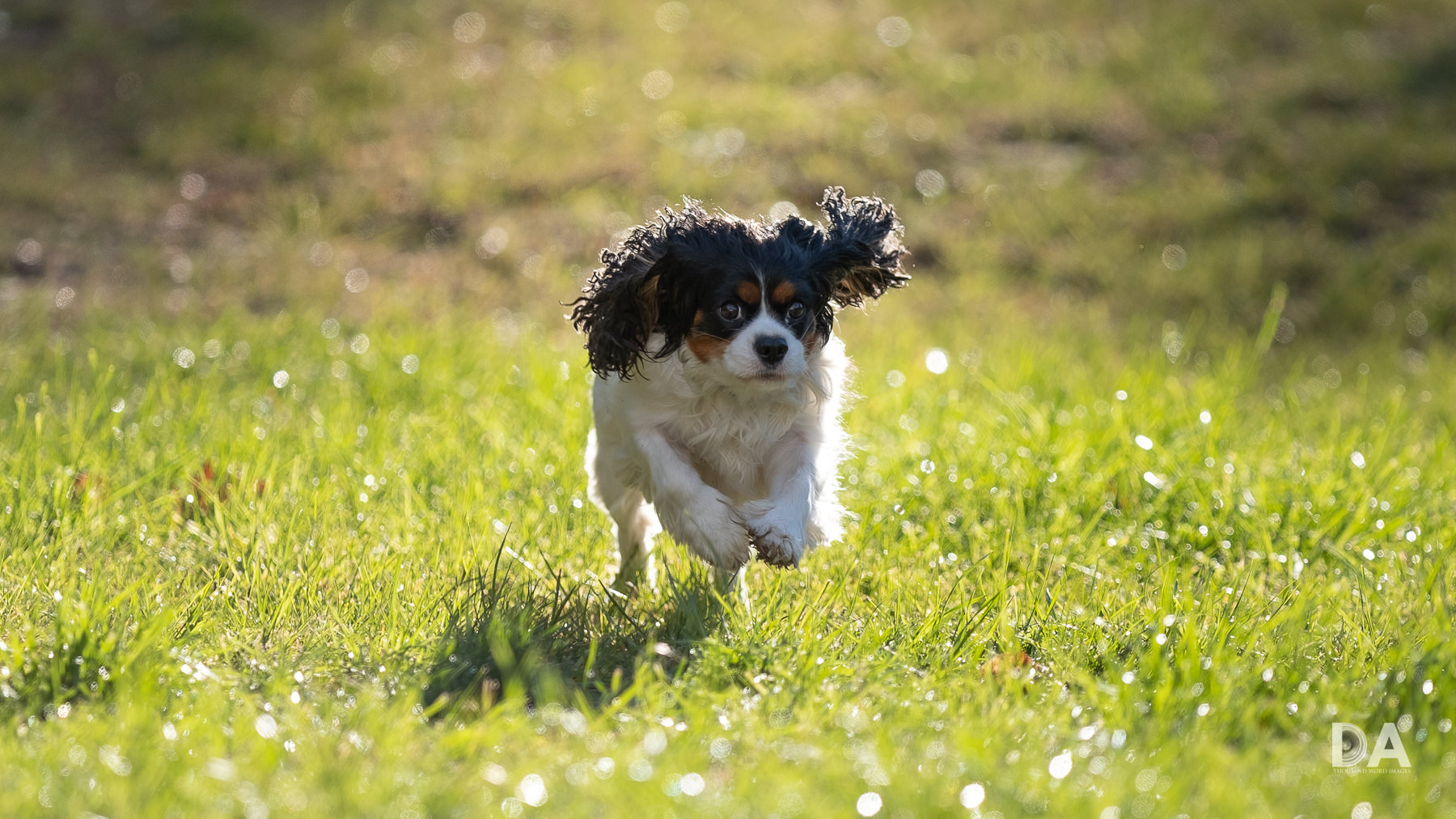

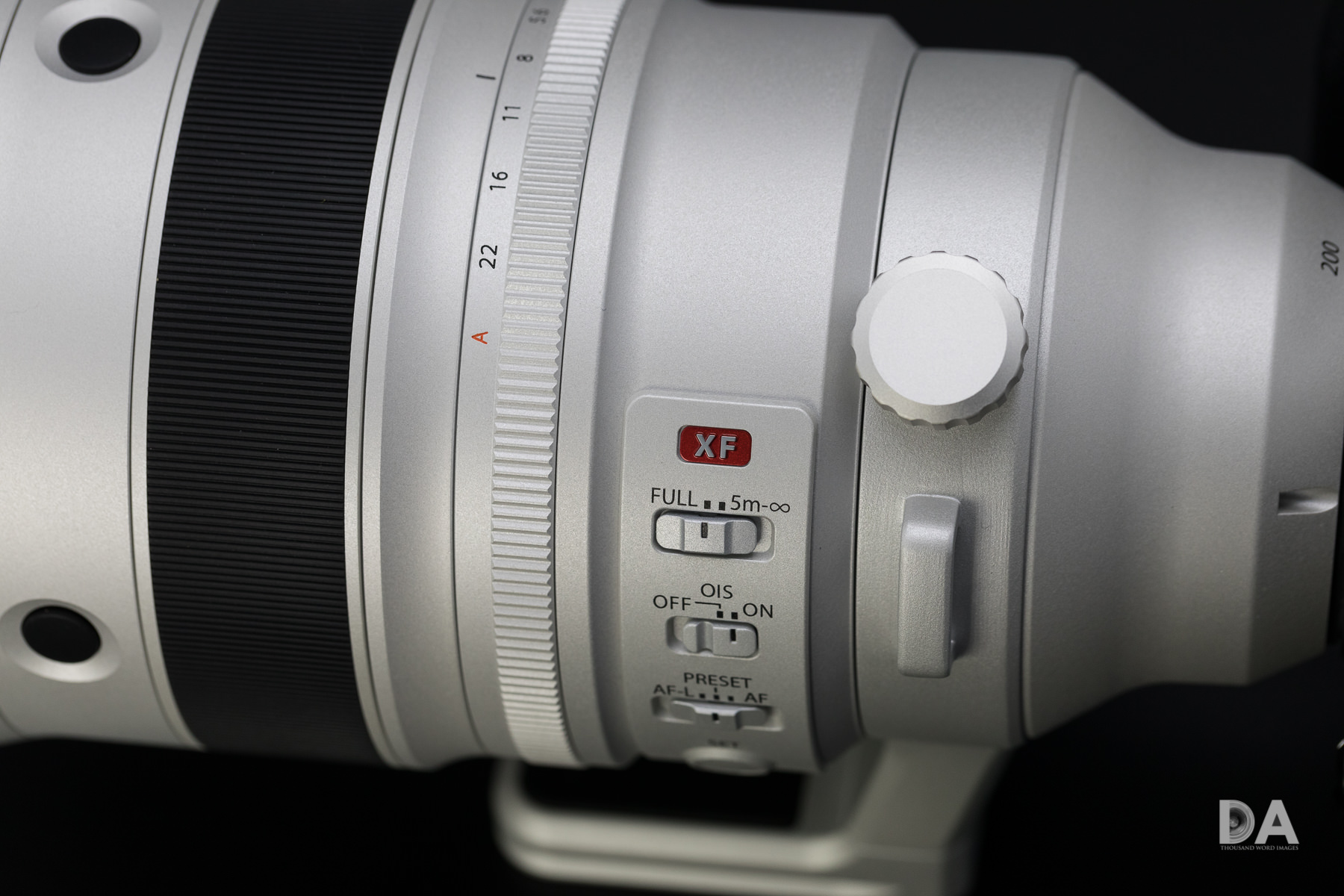
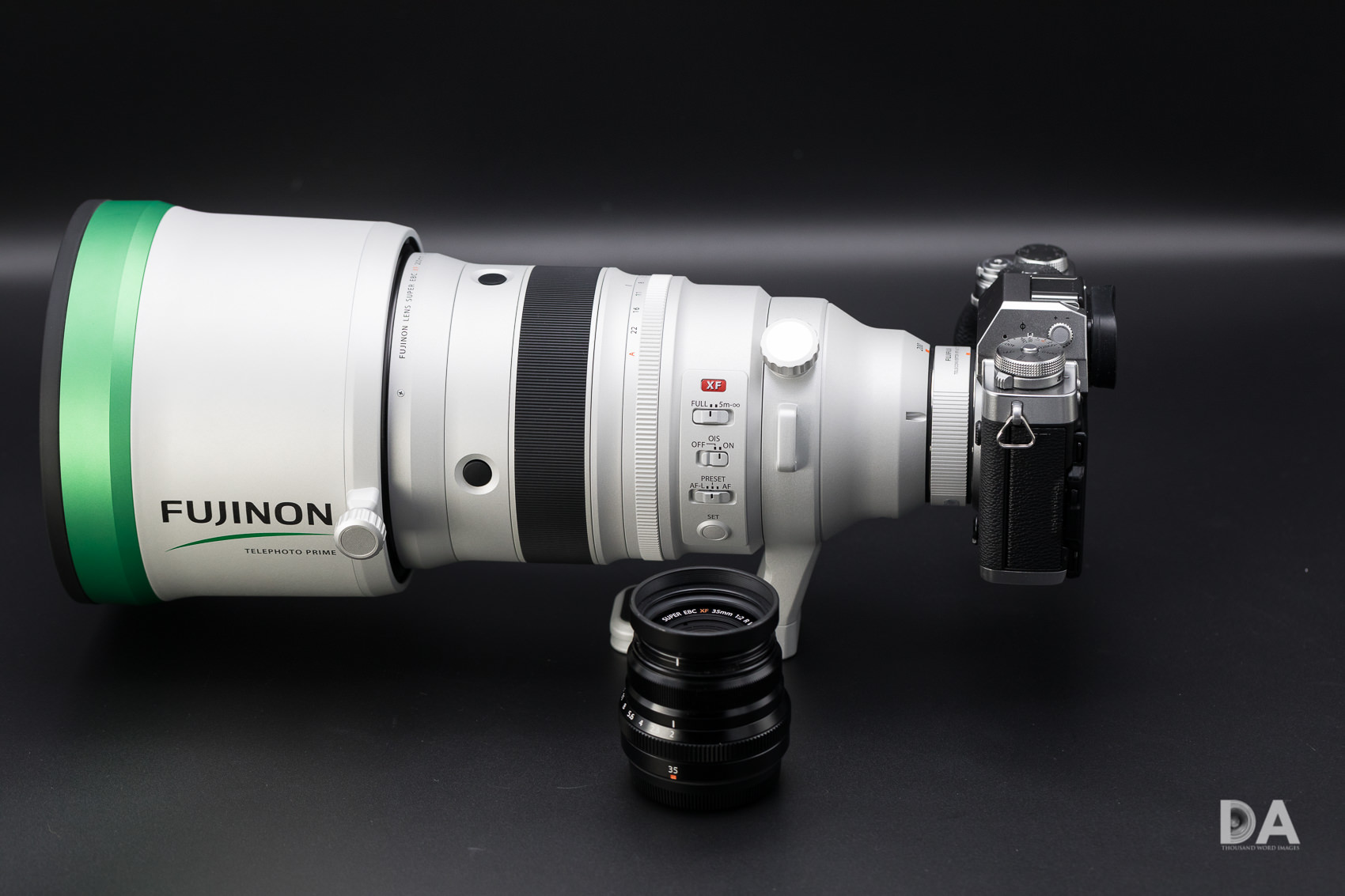


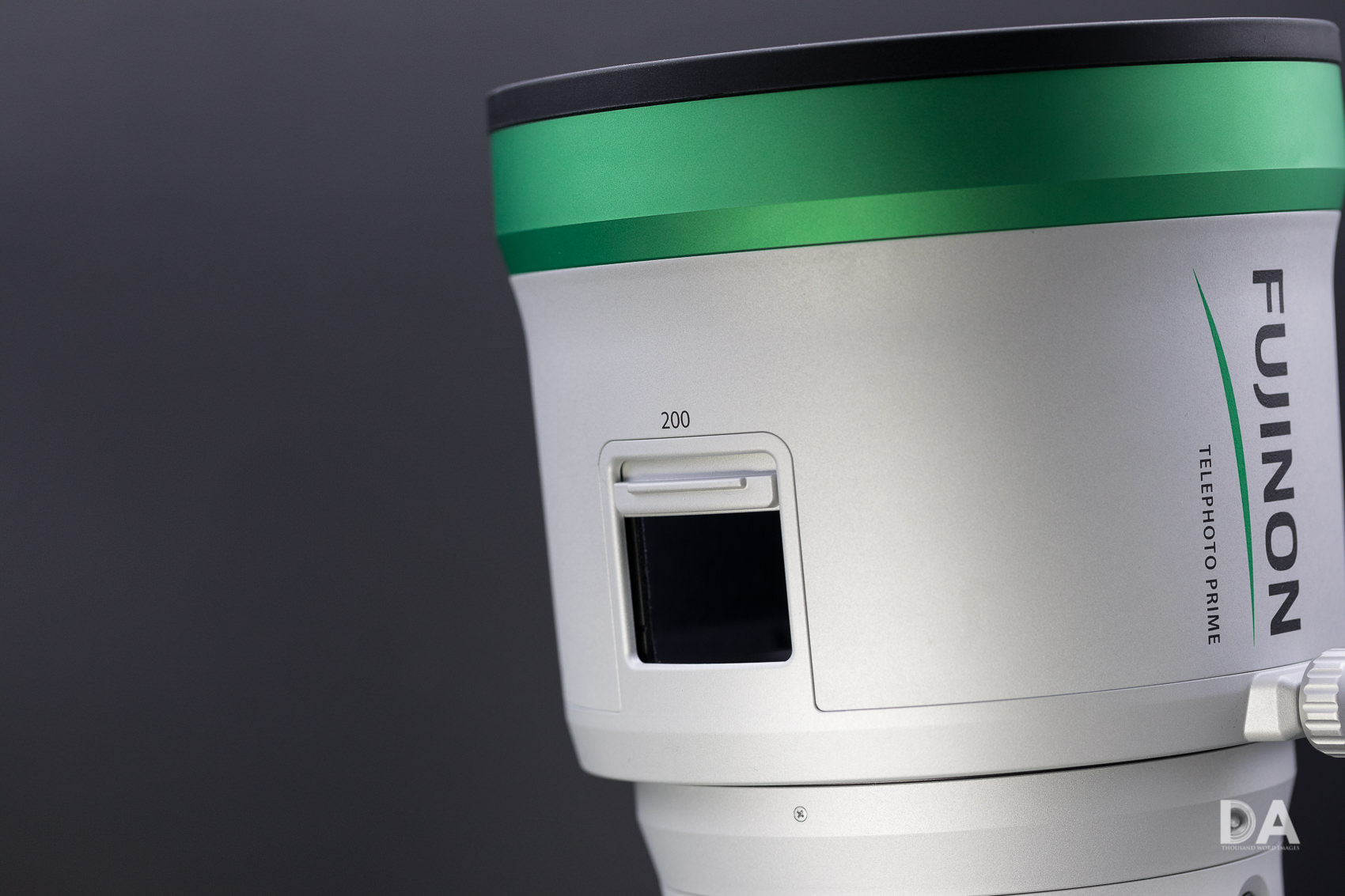
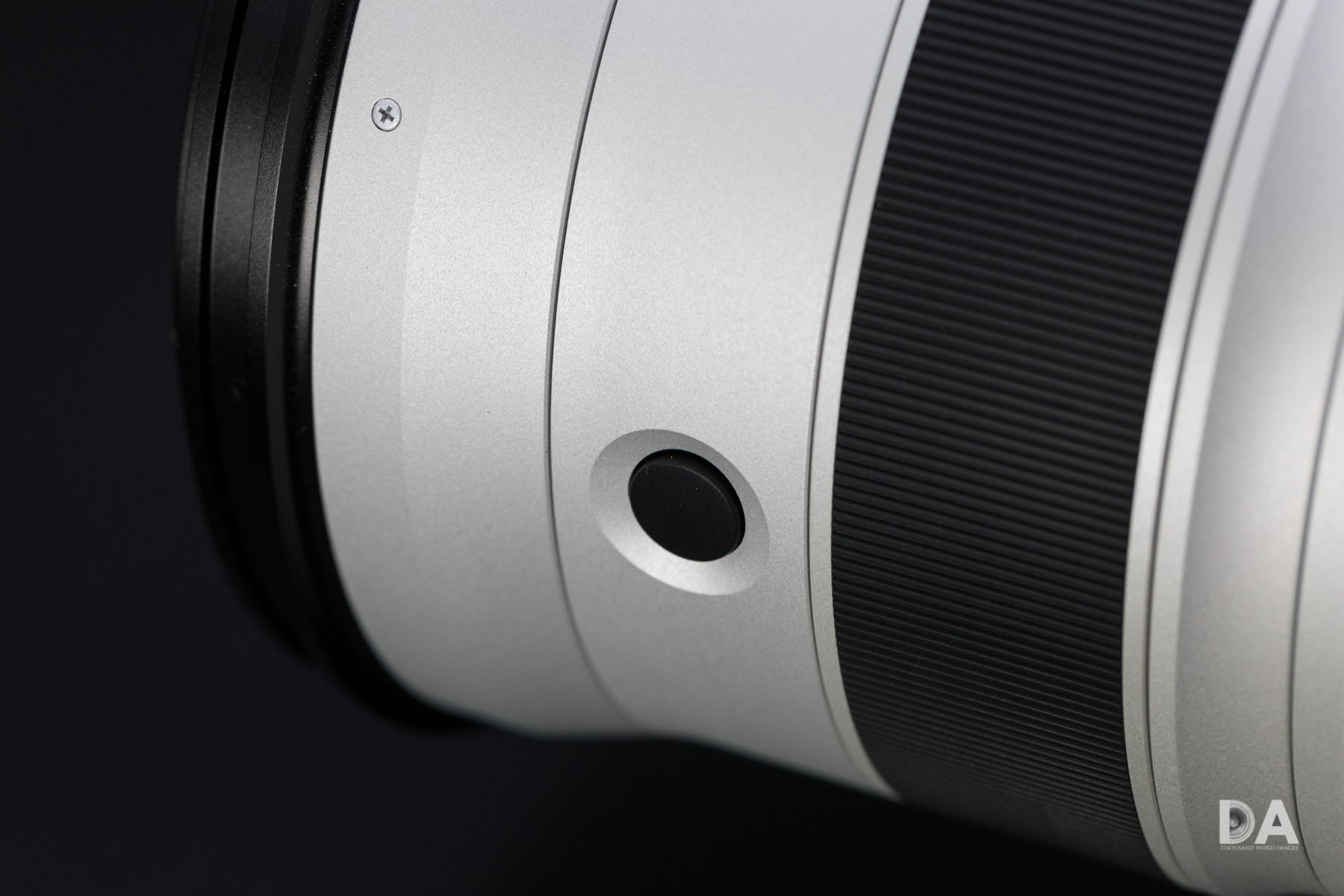
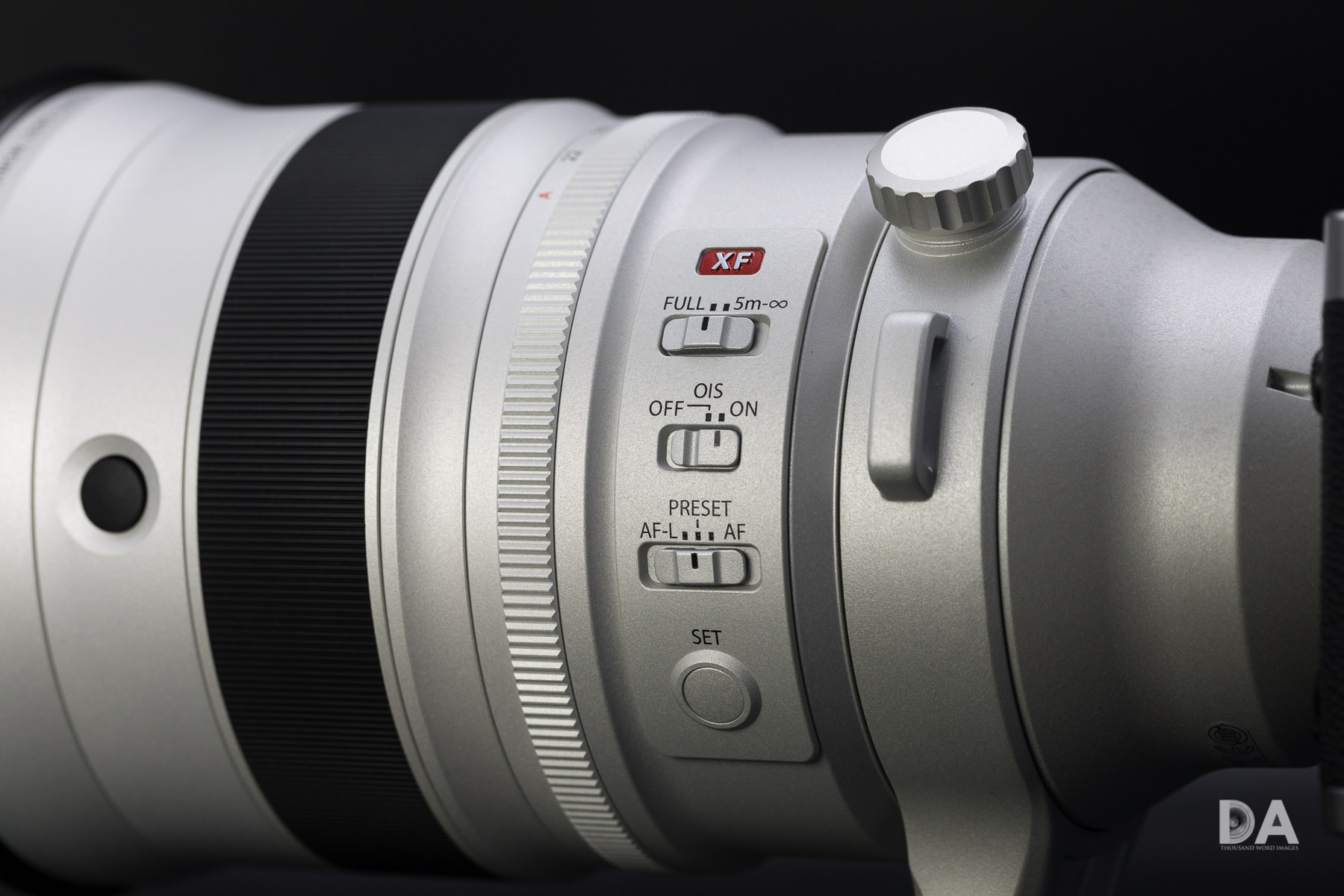

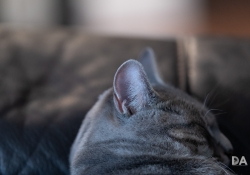
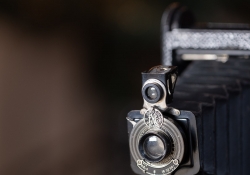
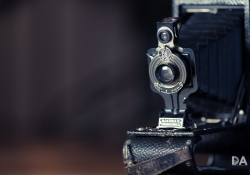



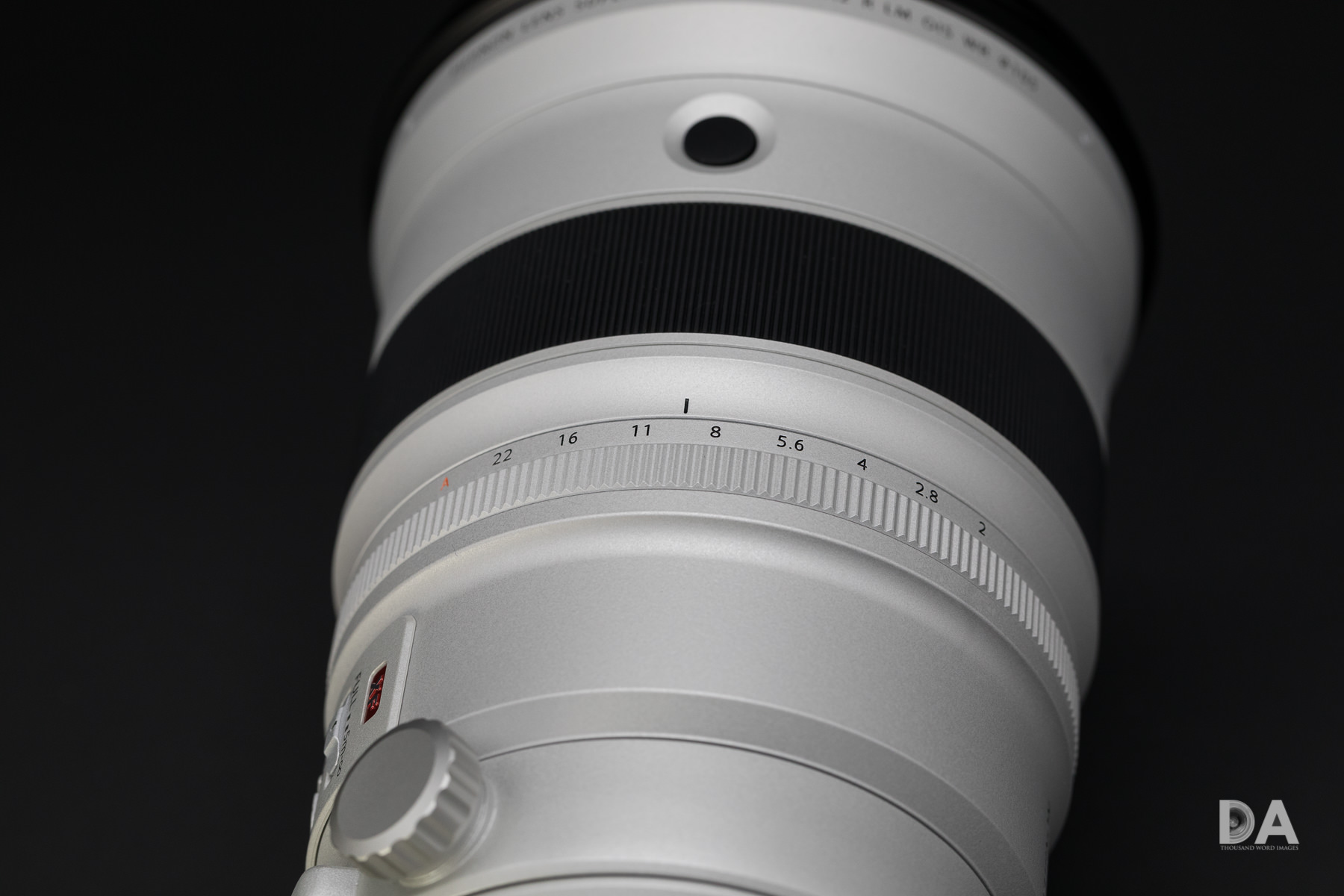
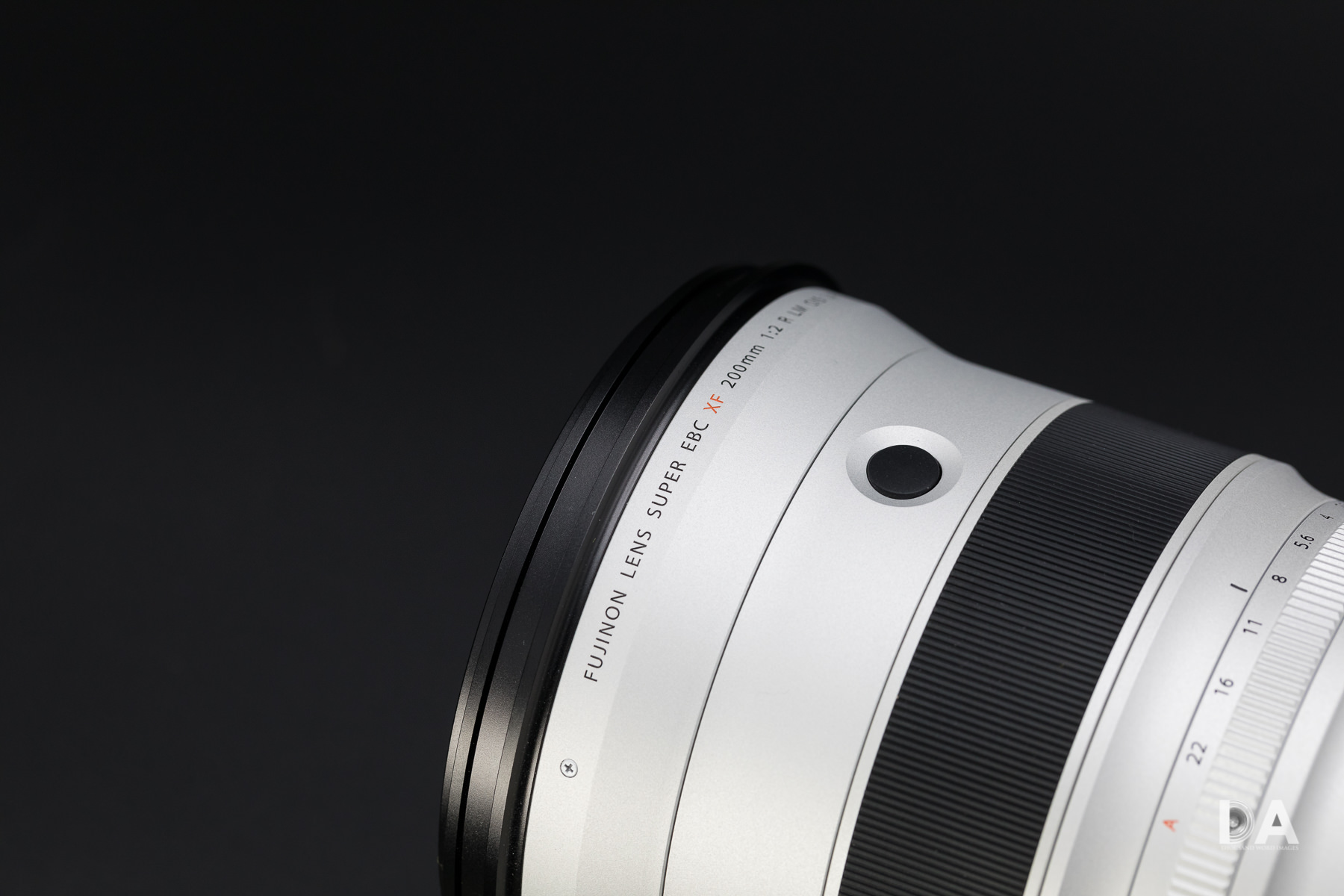

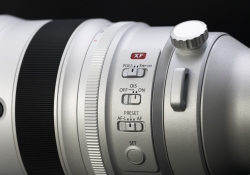
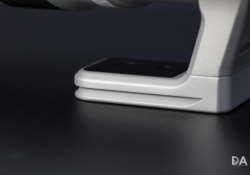
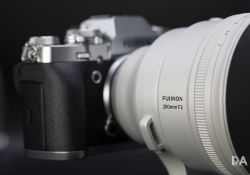
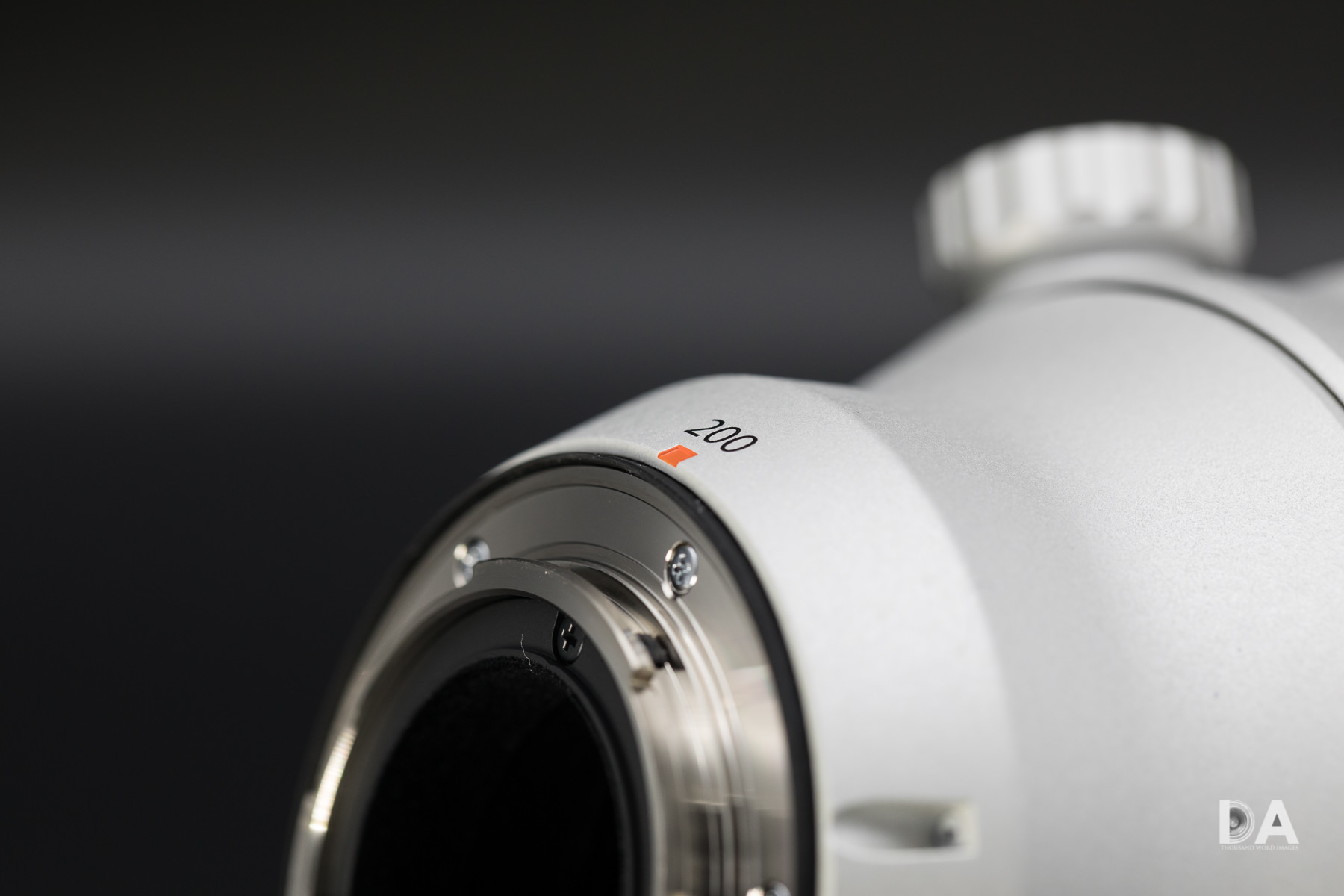
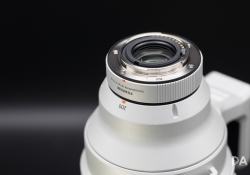
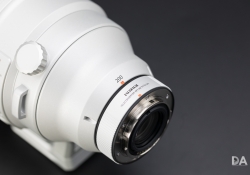
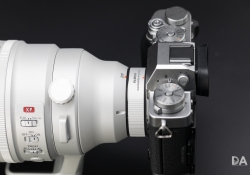
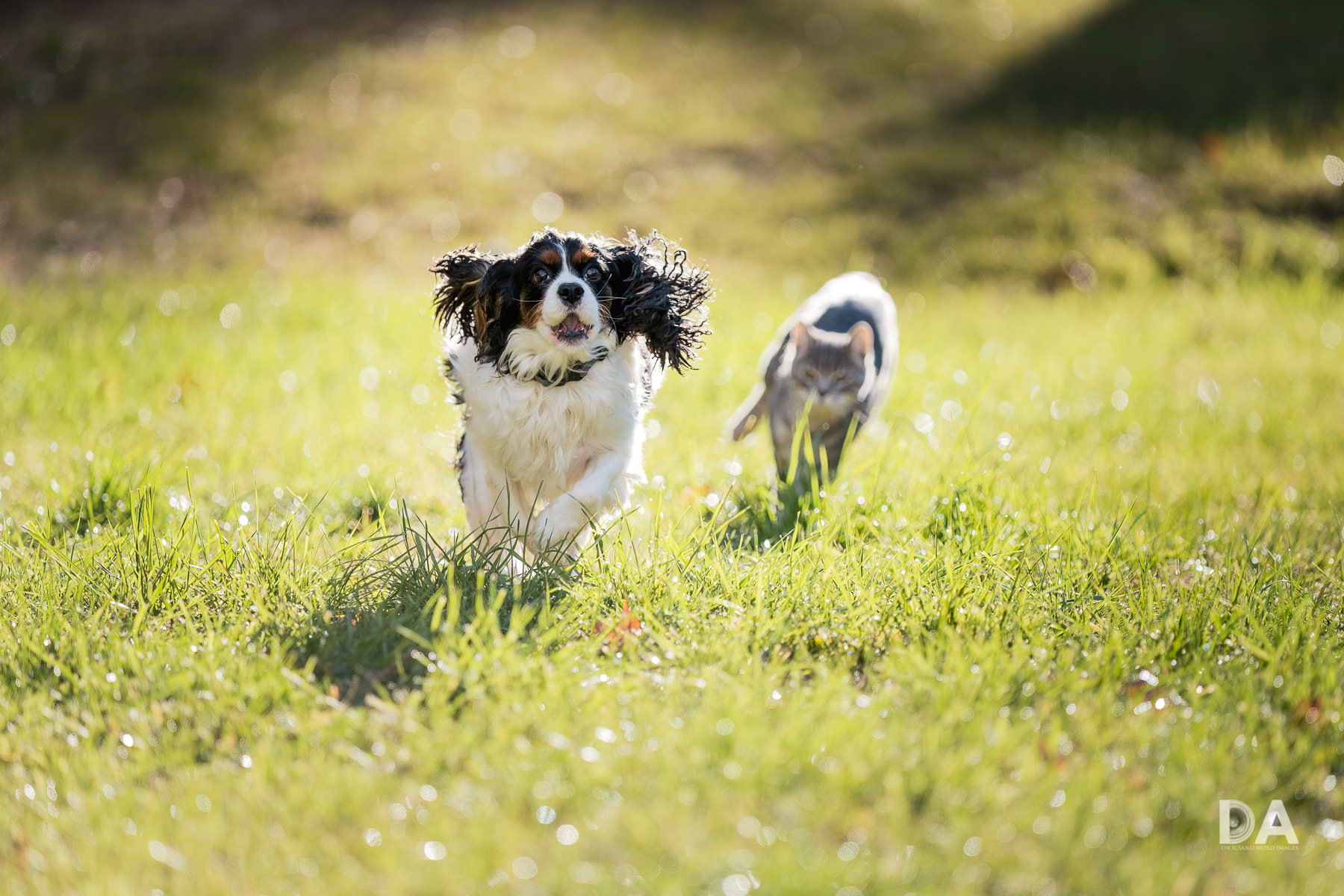






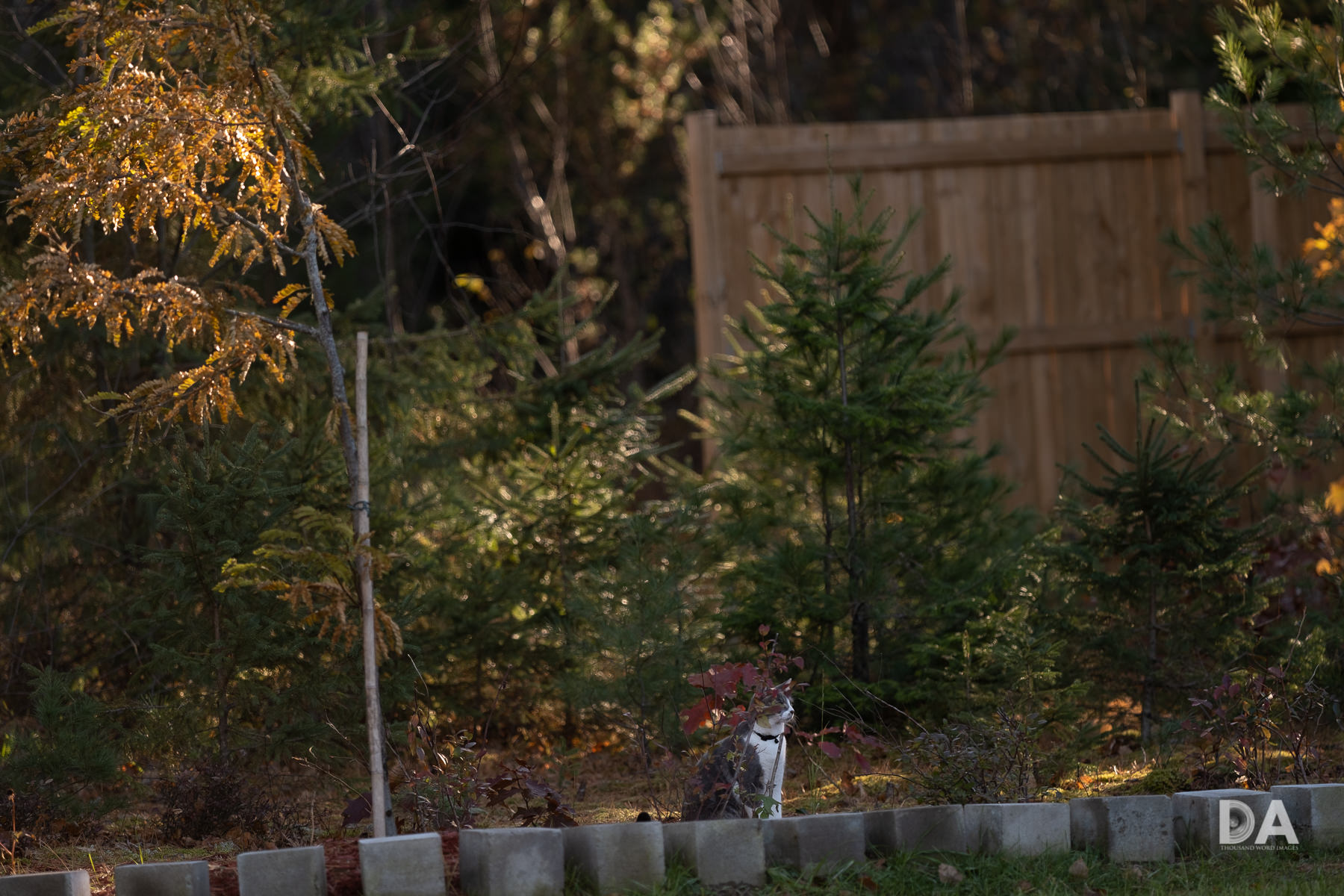
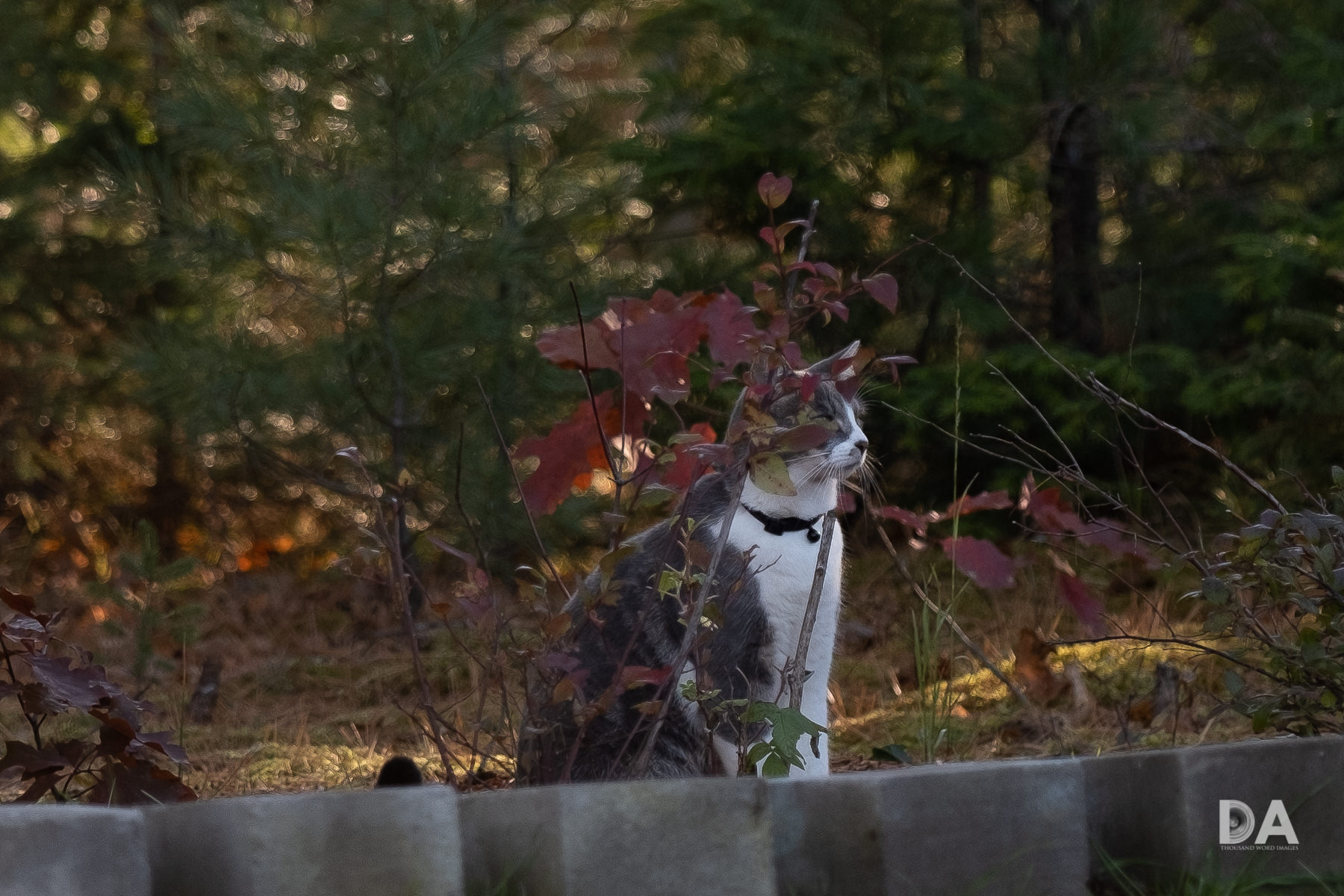






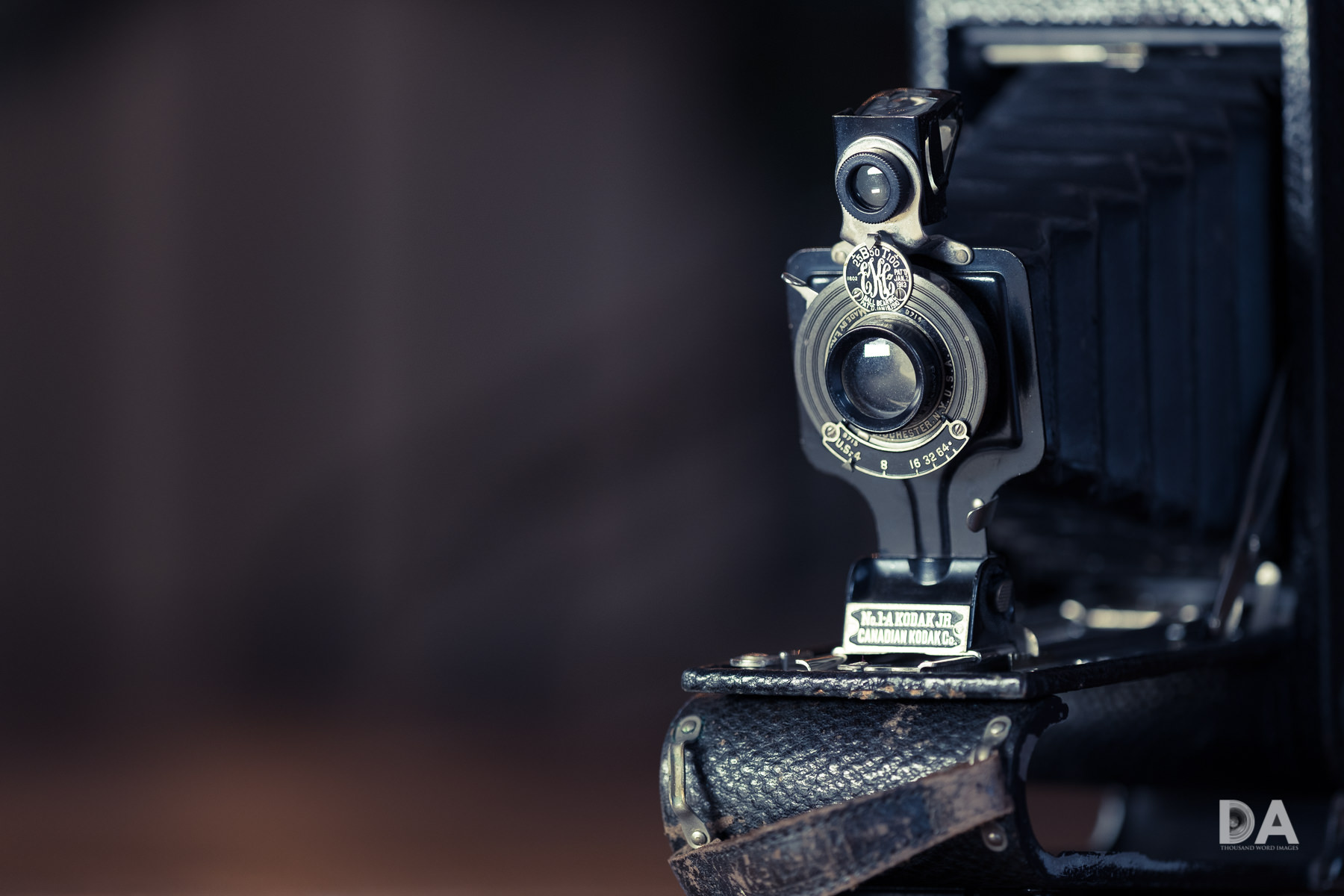
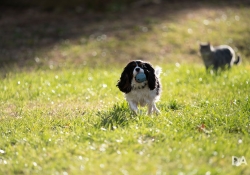


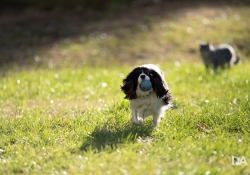










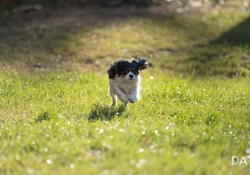
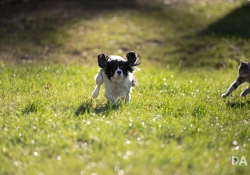
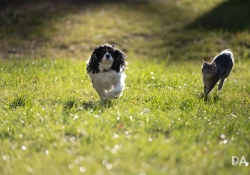
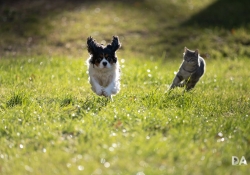
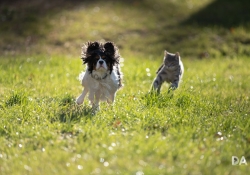

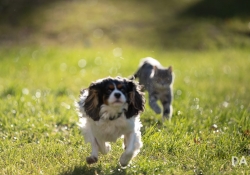





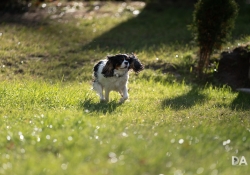
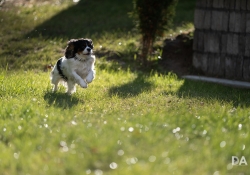
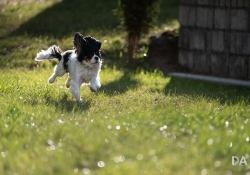
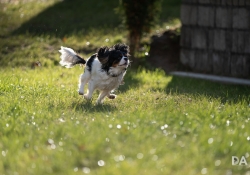


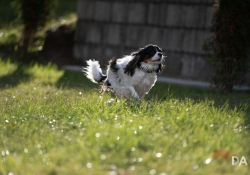
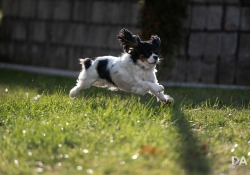

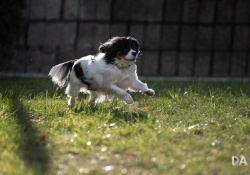

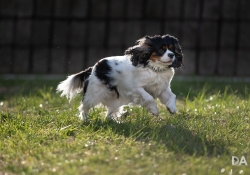

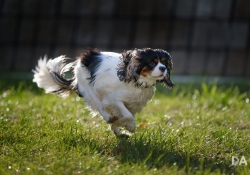

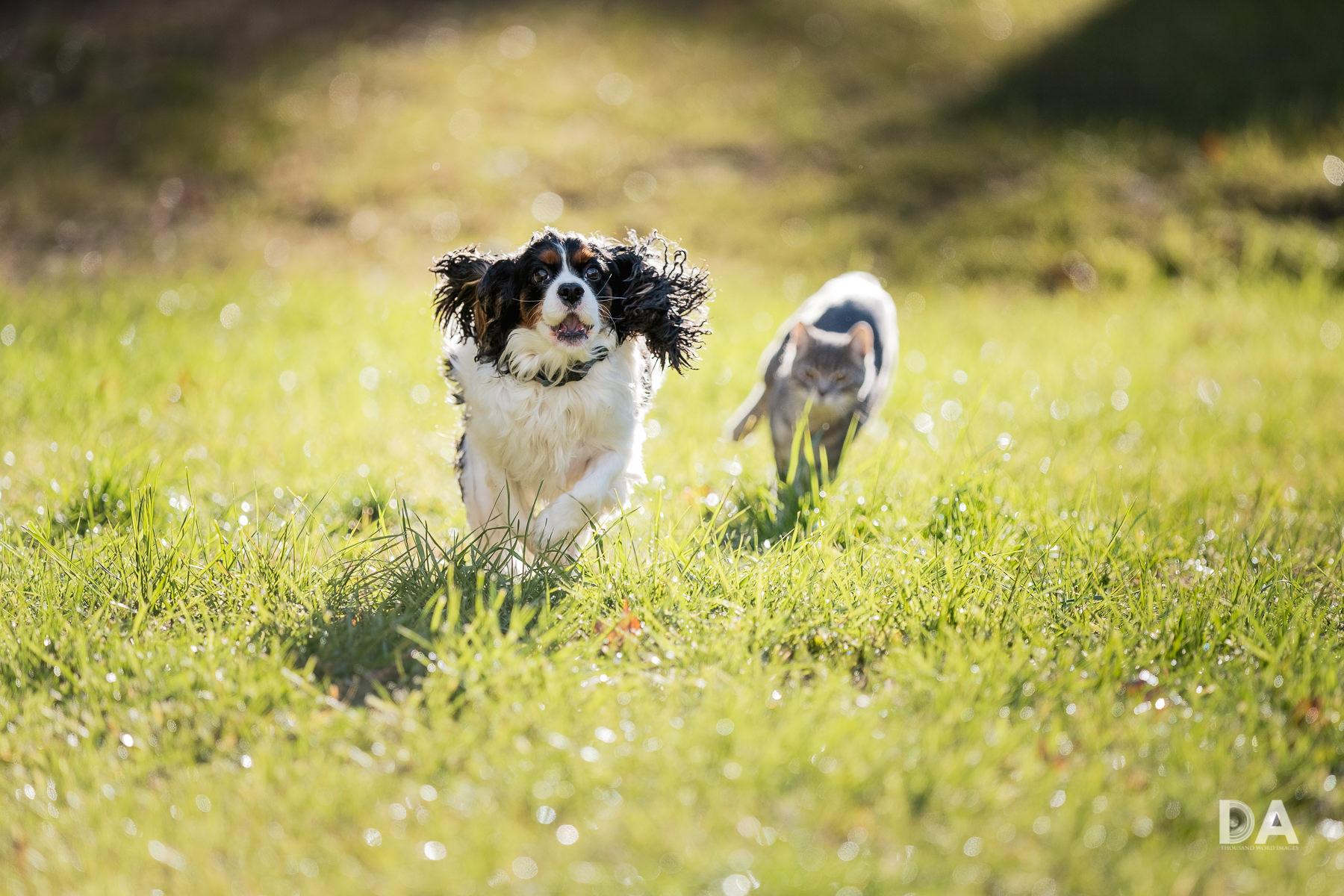
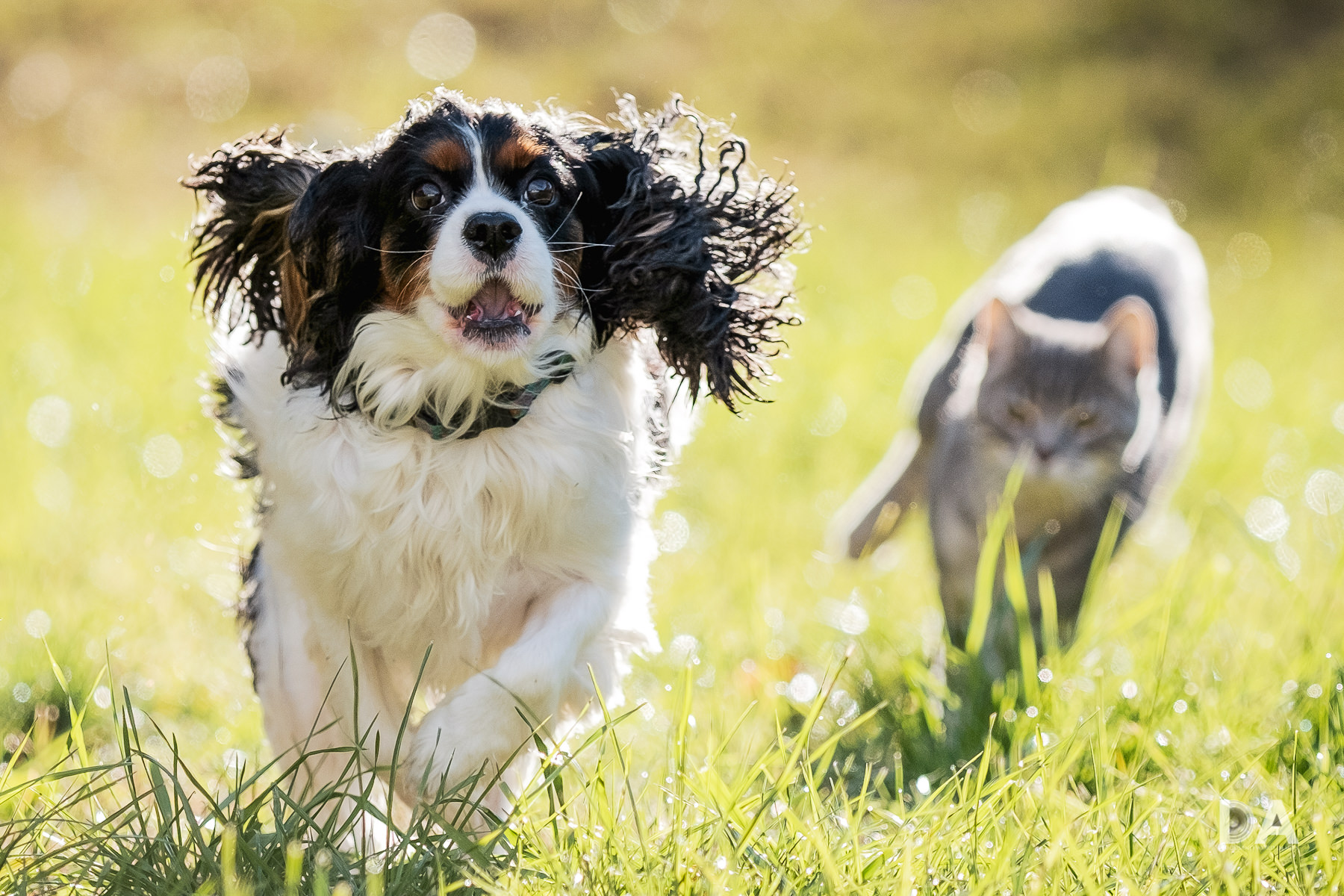
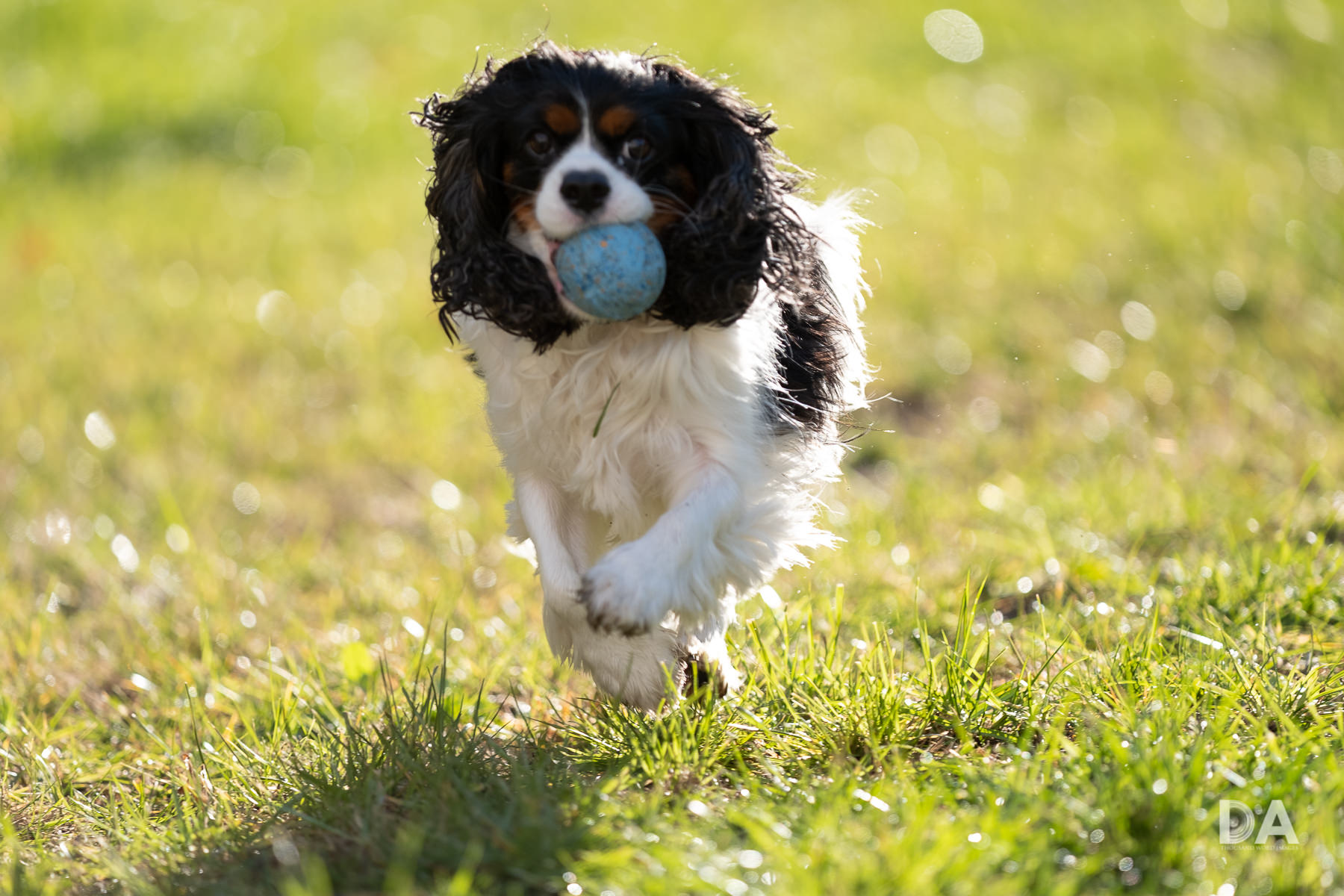

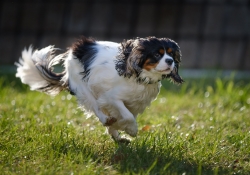



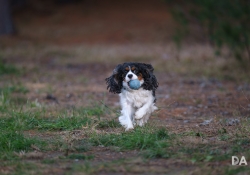

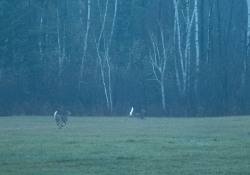

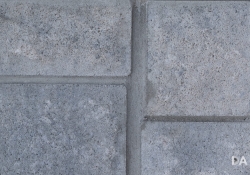
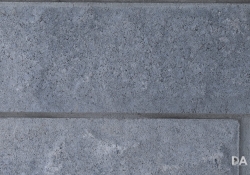

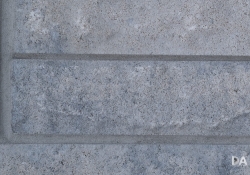
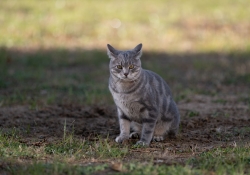





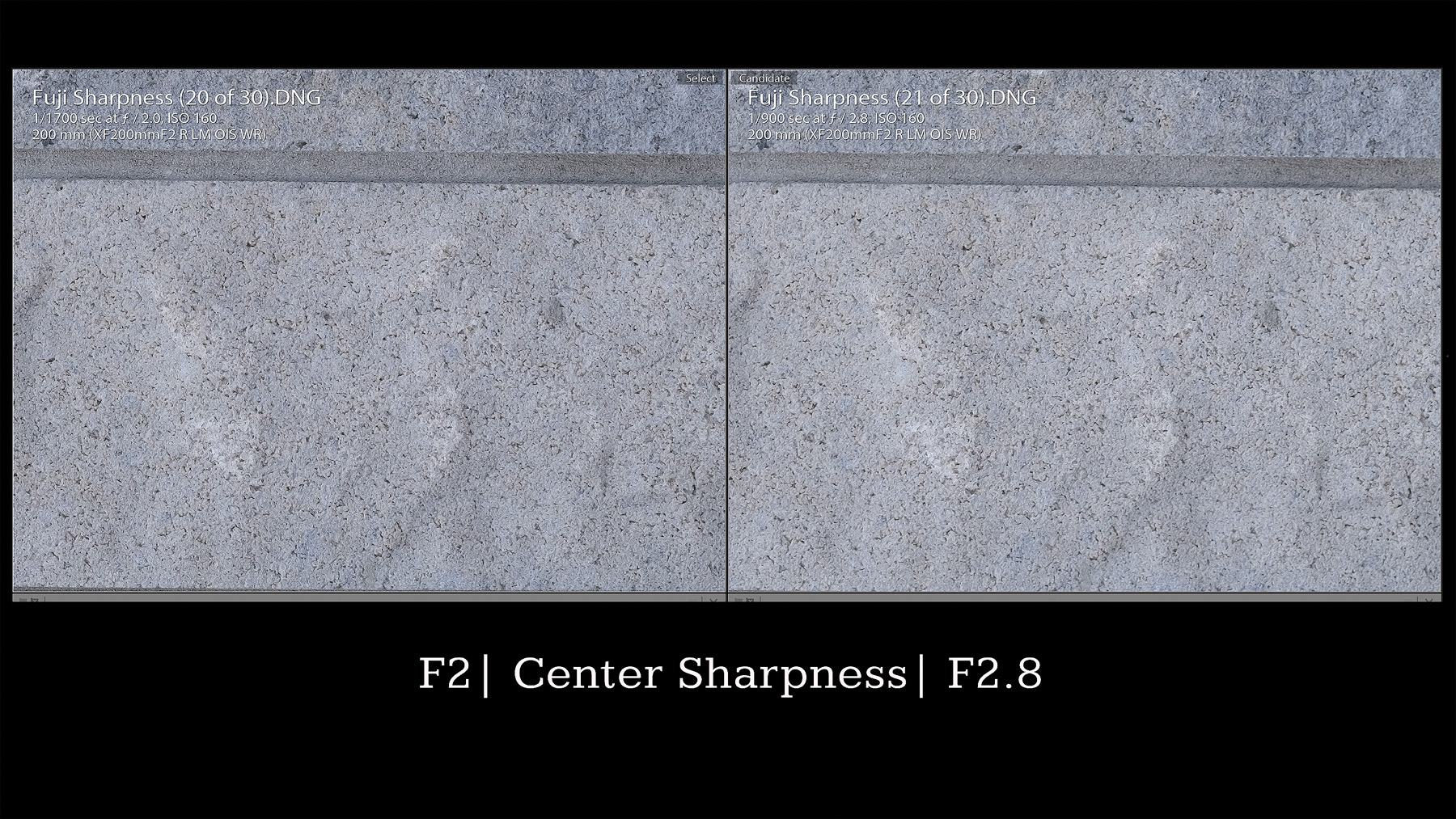
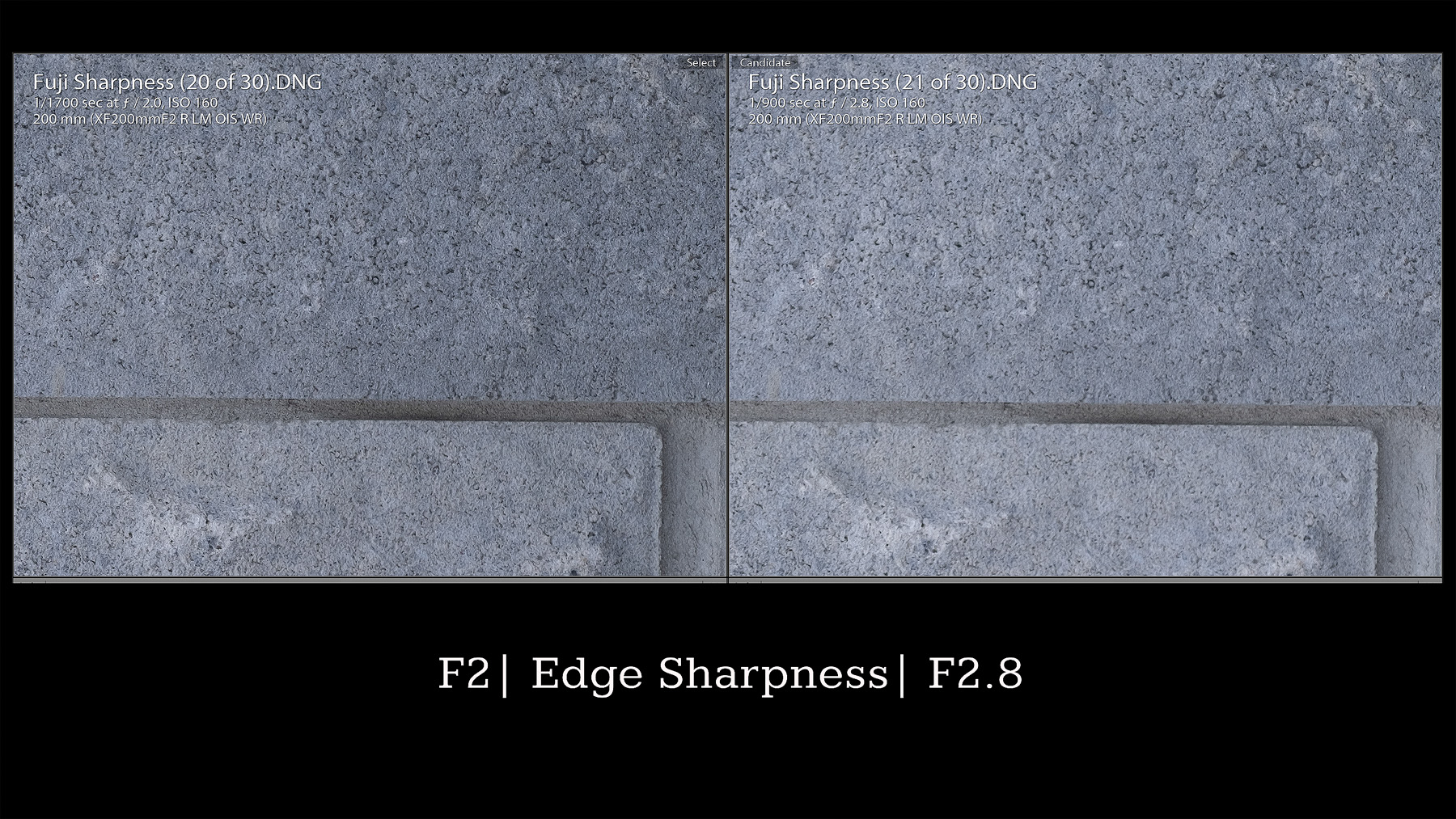













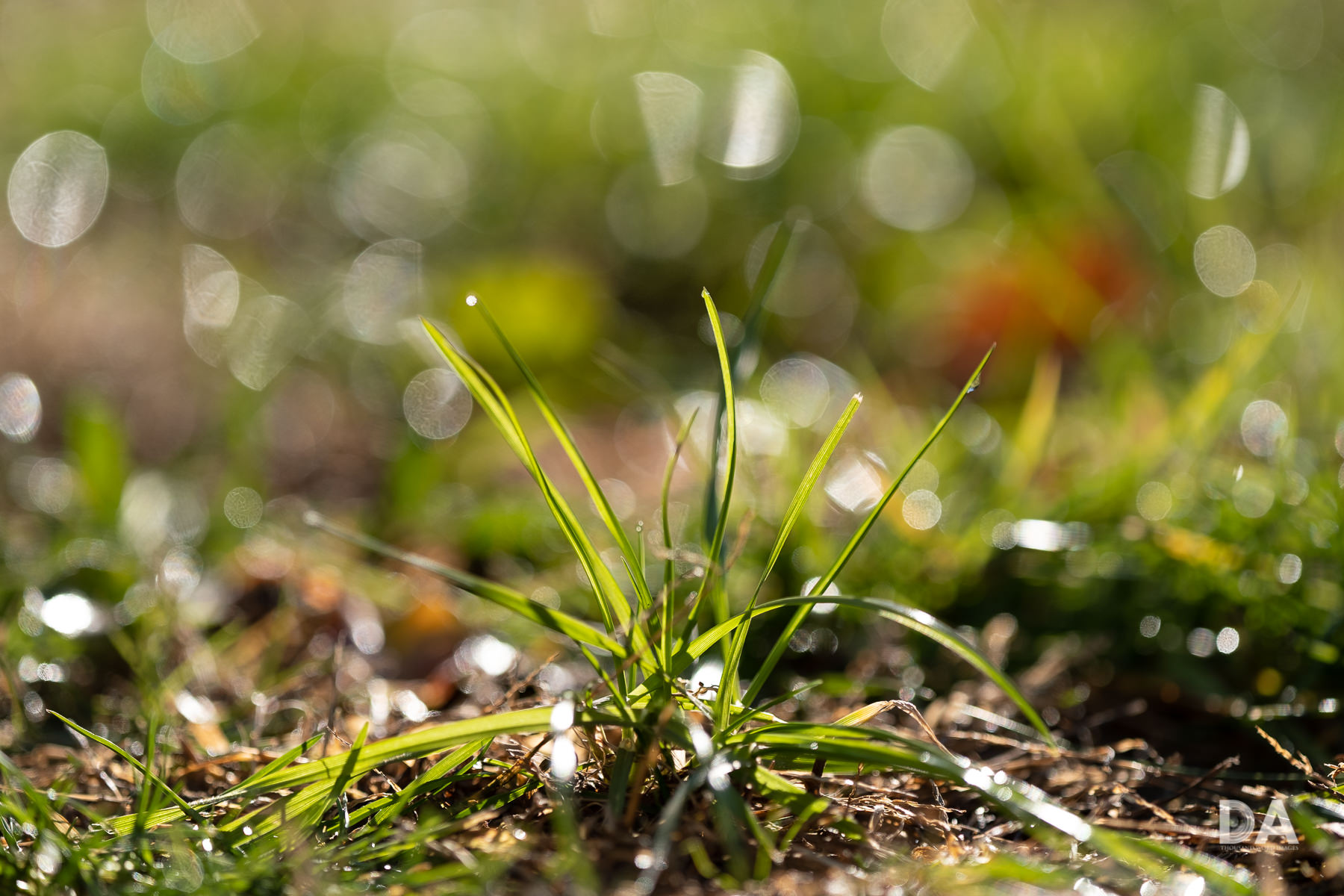
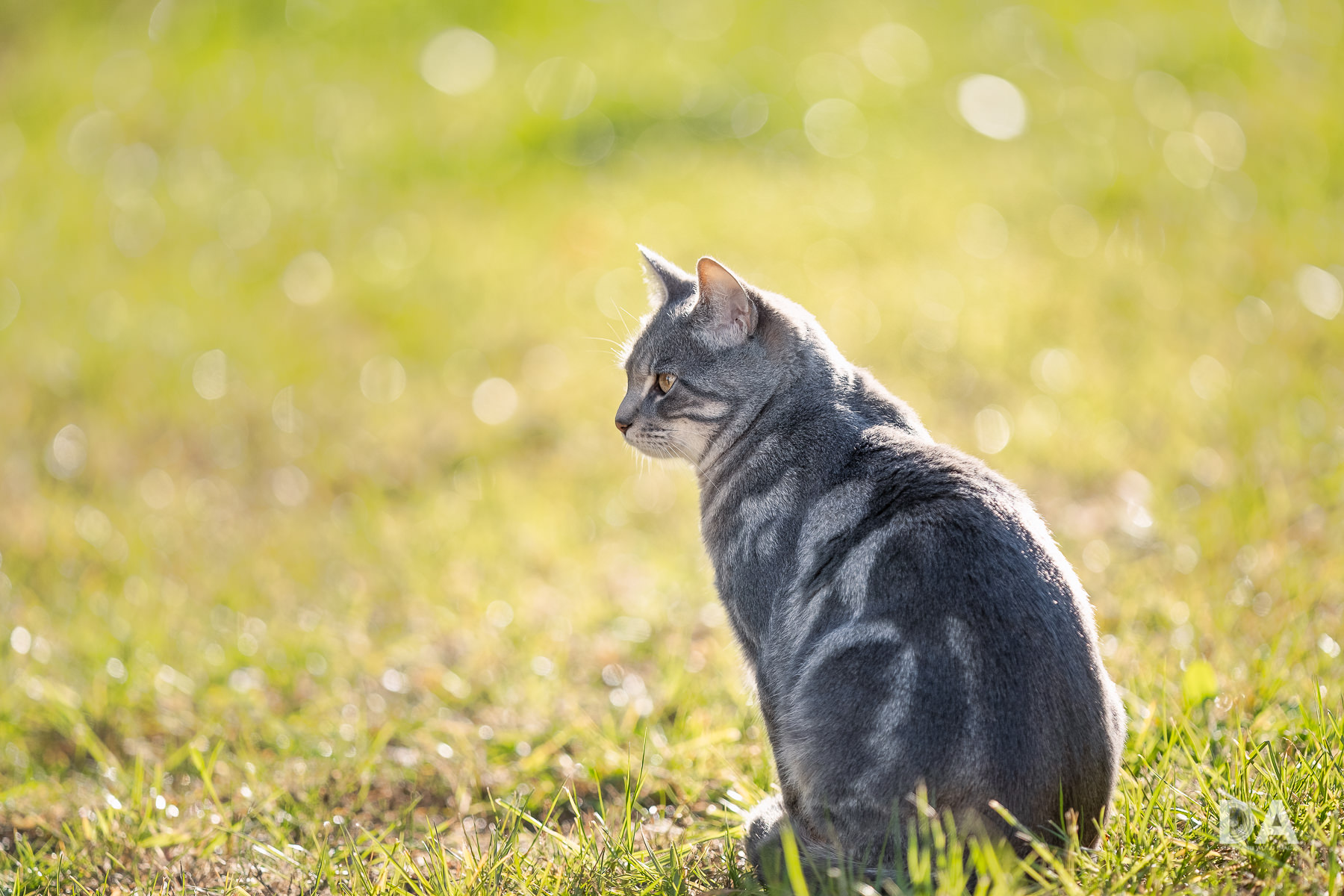



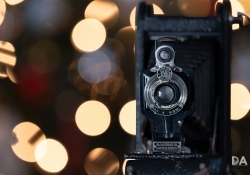






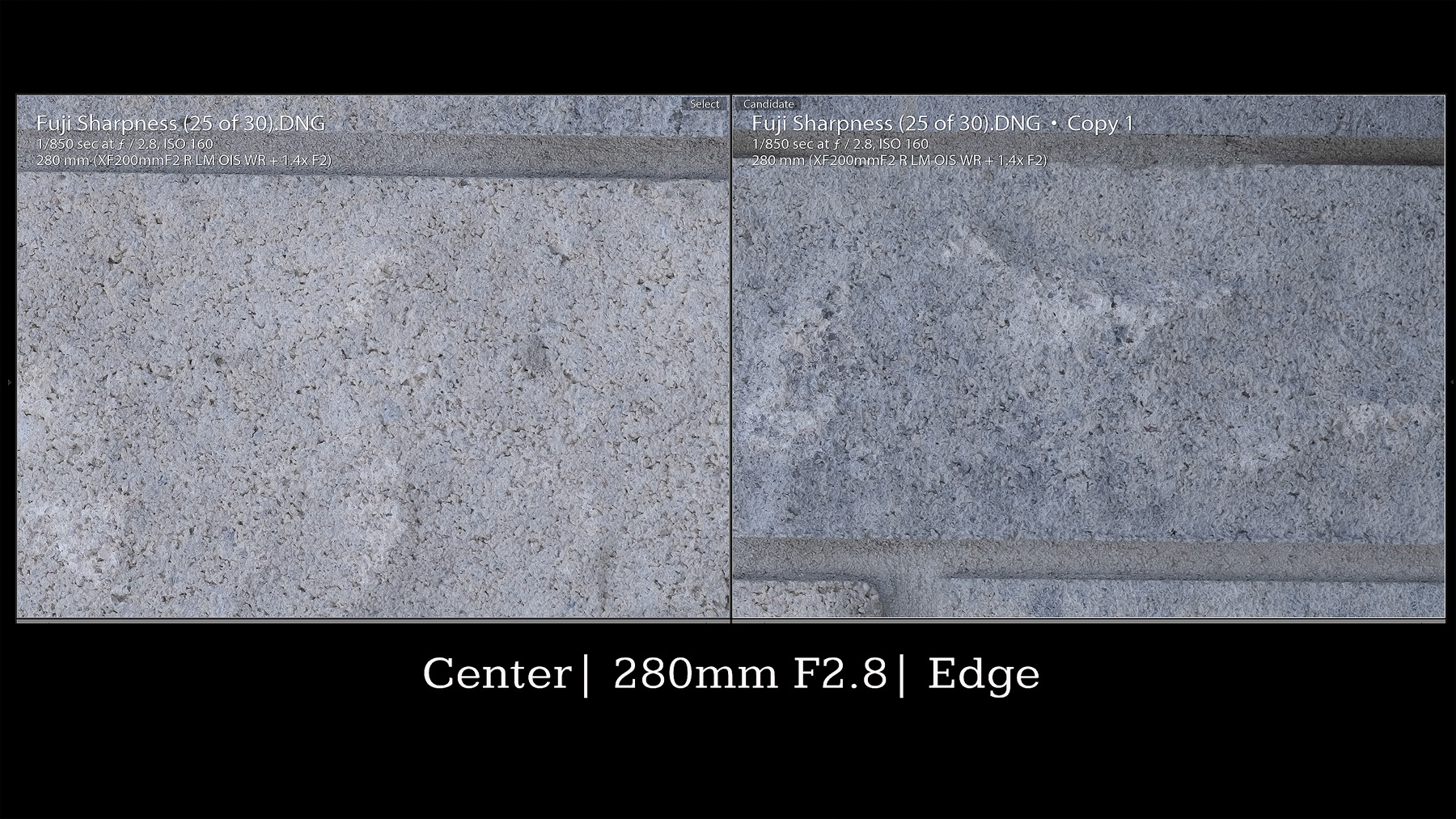
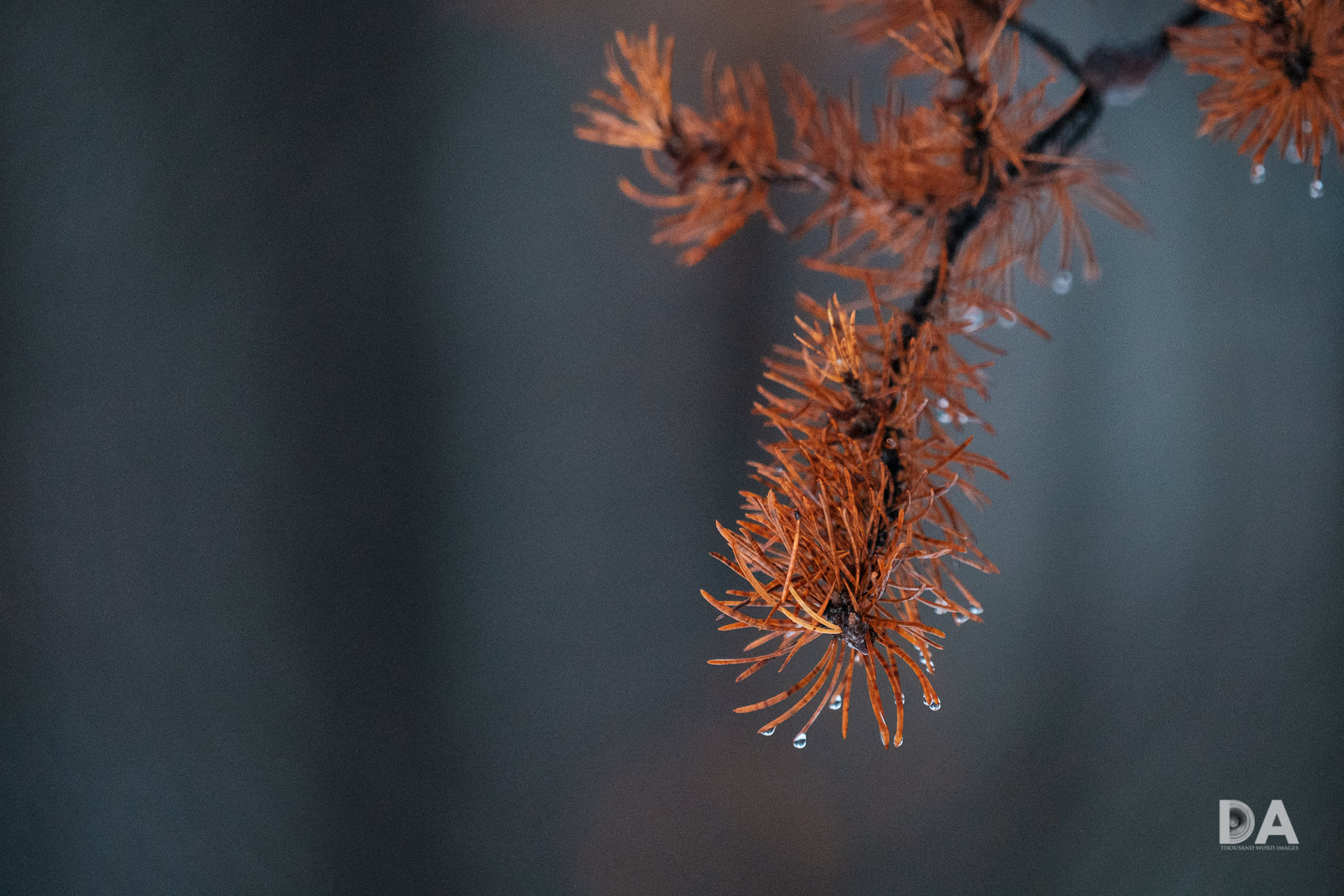
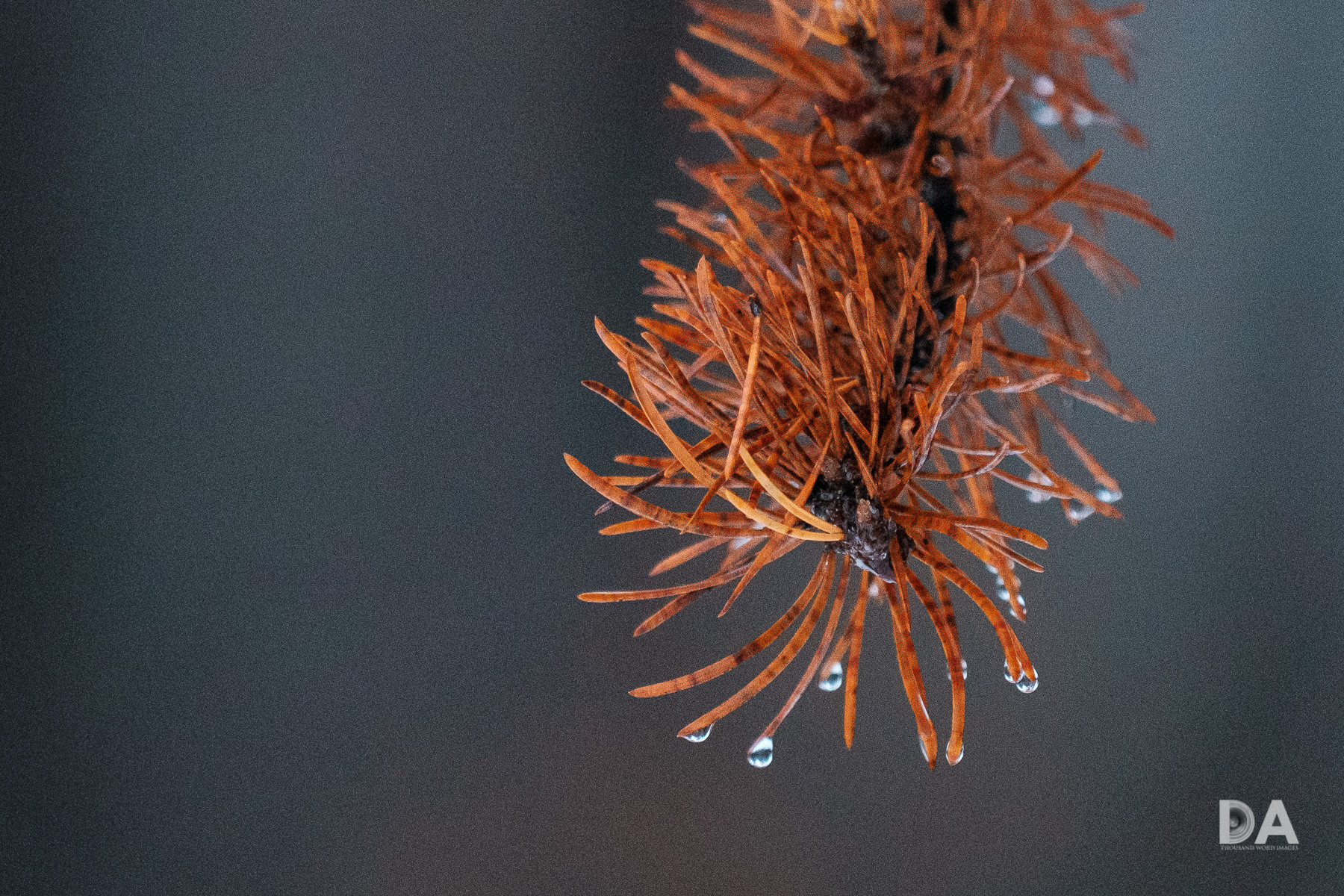






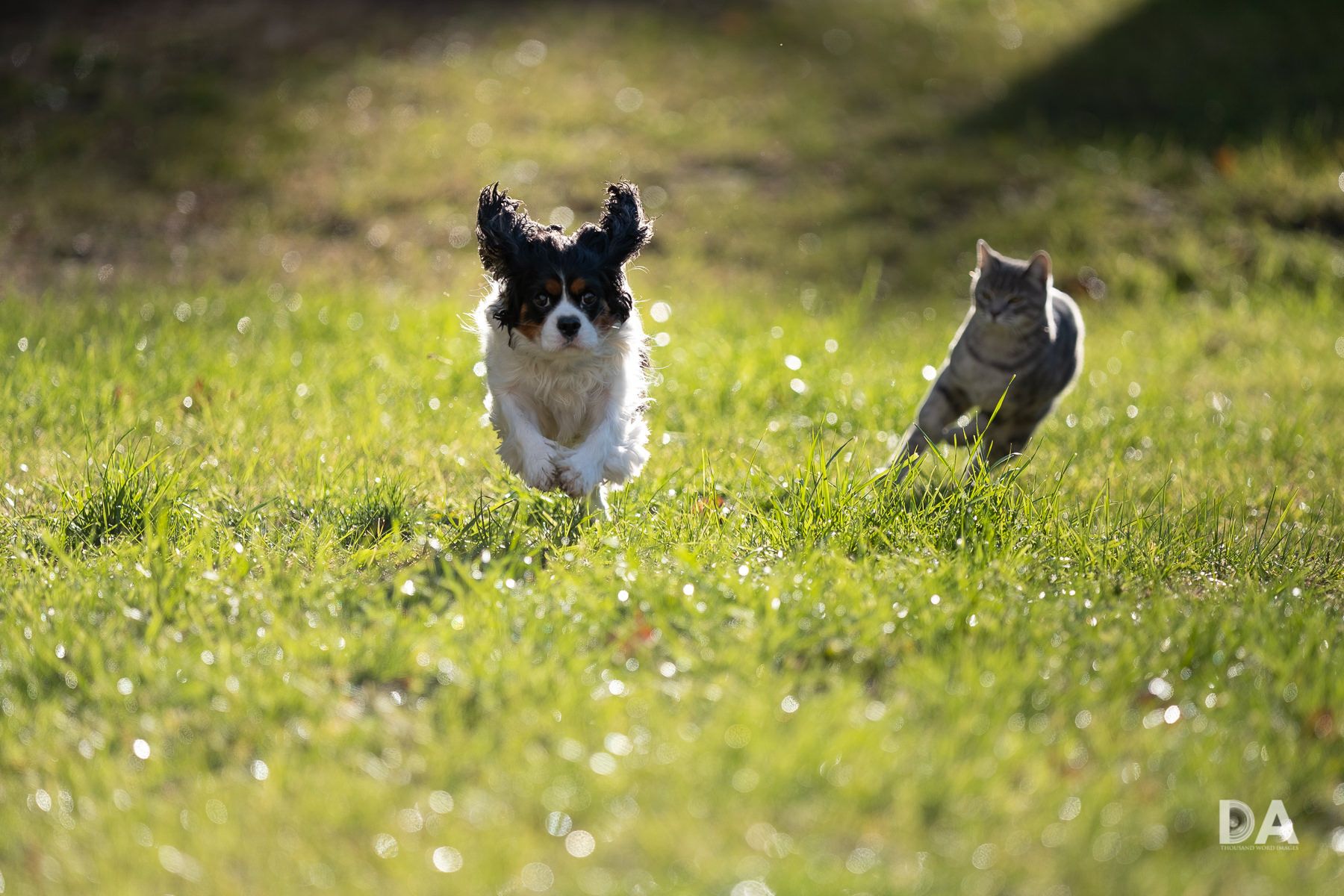













[…] had a unique opportunity to test these claims as I was simultaneously testing Fuji’s first super-telephoto lens, the XF 200mm F2 OIS (a stunning lens, by the way). In a sense, Fuji had to develop an […]
[…] 2018-12-25:Dustin Abbottがレビューを掲載しています。 […]
[…] Dustin Abbottがフジフイルムの交換レンズ「XF200mmF2 R LM OIS WR」のレビューを掲載しています。 […]
[…] APS-C space with some very professional, very premium options (the most extreme example being the XF 200mm F2 OIS that I recently reviewed!) The 8-16mm F2.8 also comes with a premium price tag, so I’ll look critically at it to […]
[…] The only other 200mm F2 lens on the market for modern mirrorless cameras is Fuji’s 200mm F2 OIS (my review here), which is only designed for APS-C and still costs $5500 (that does include a 1.4x […]